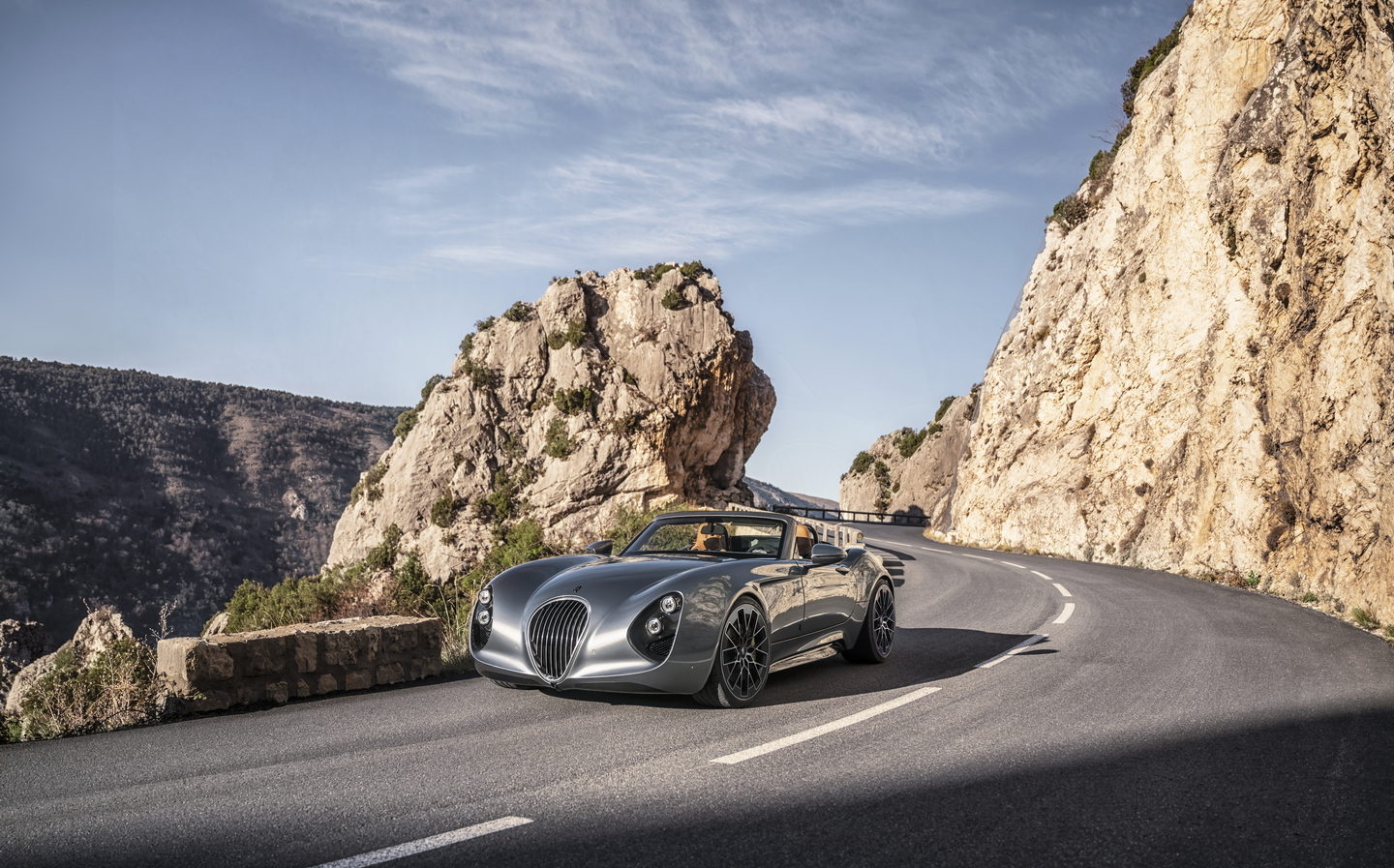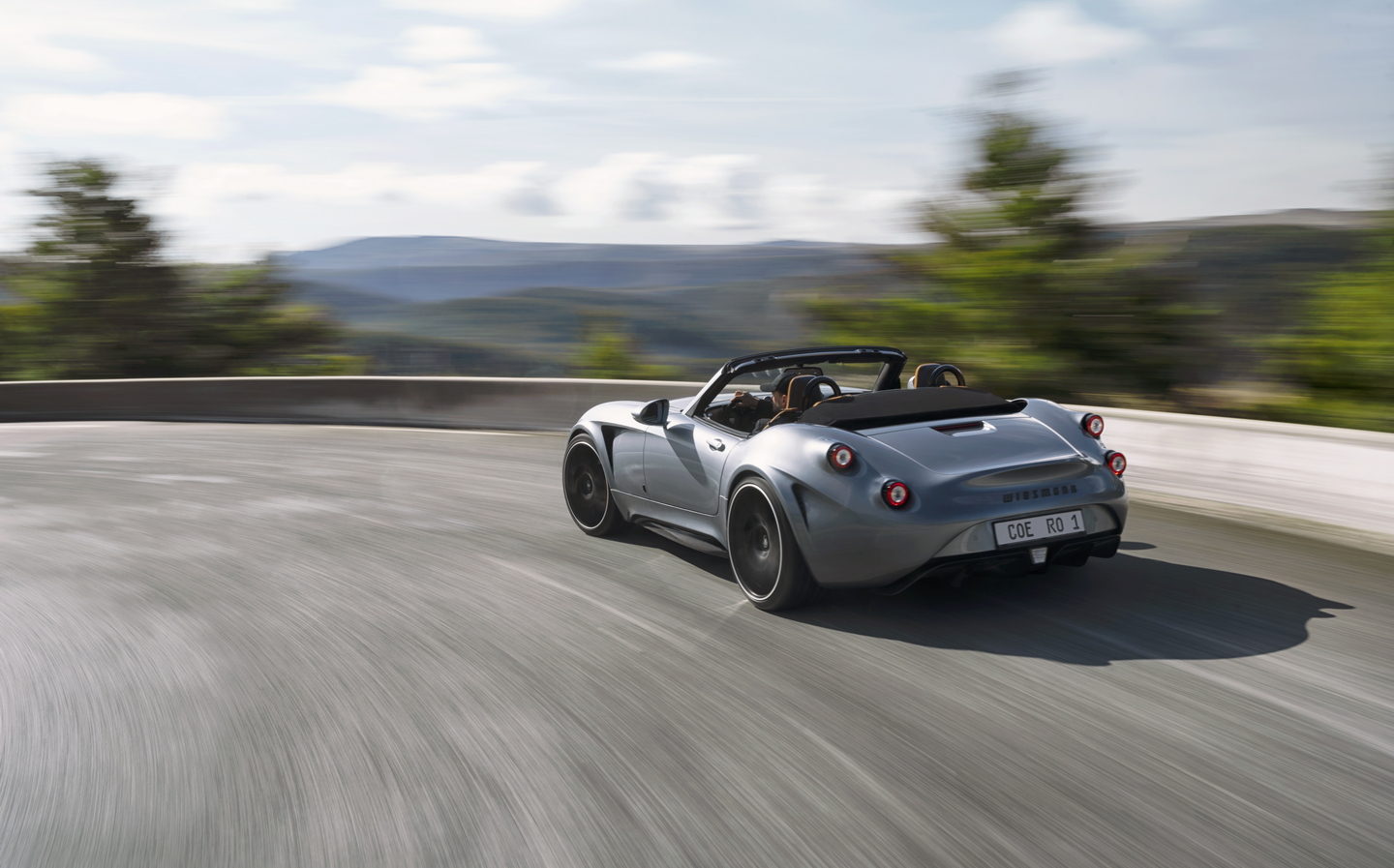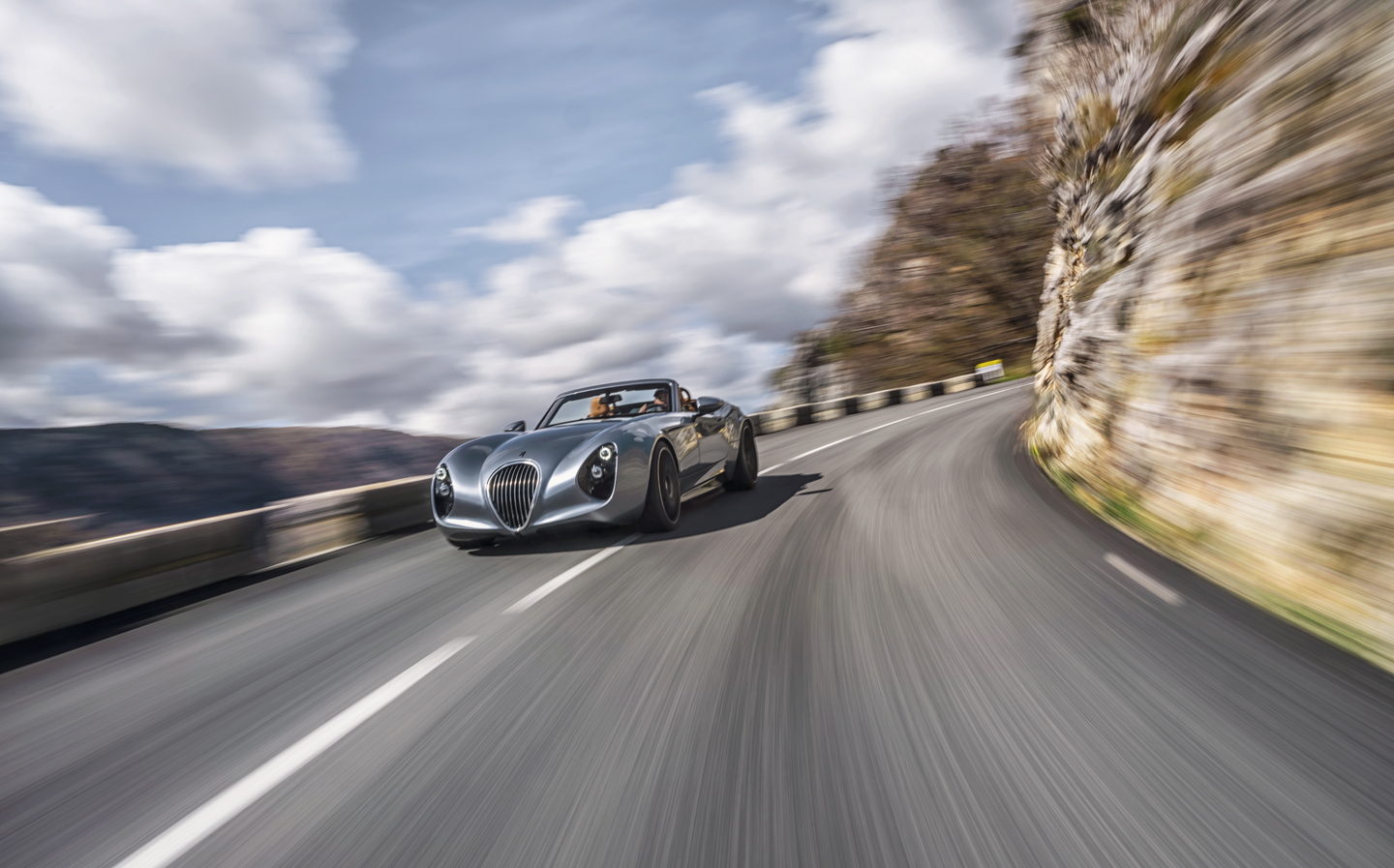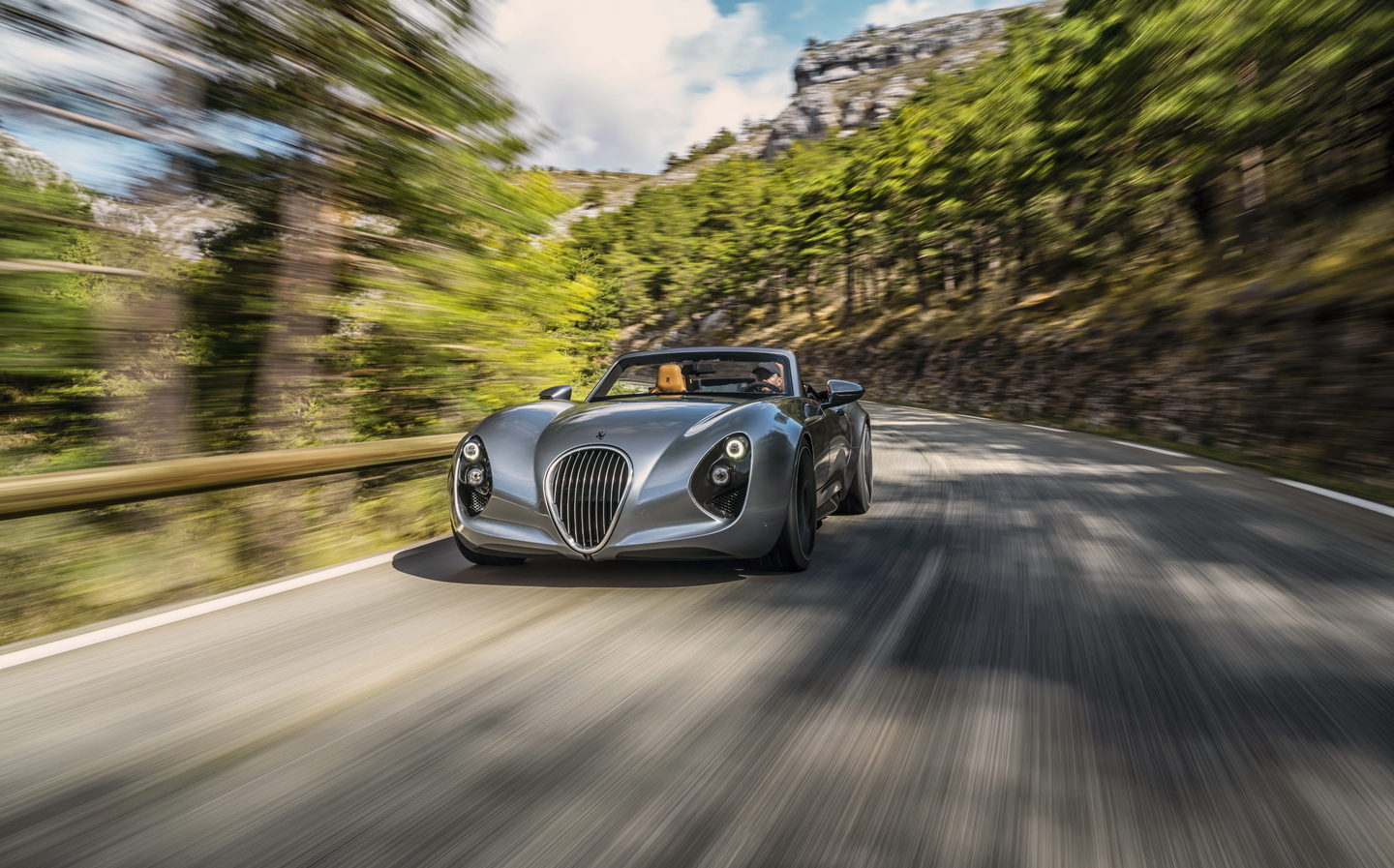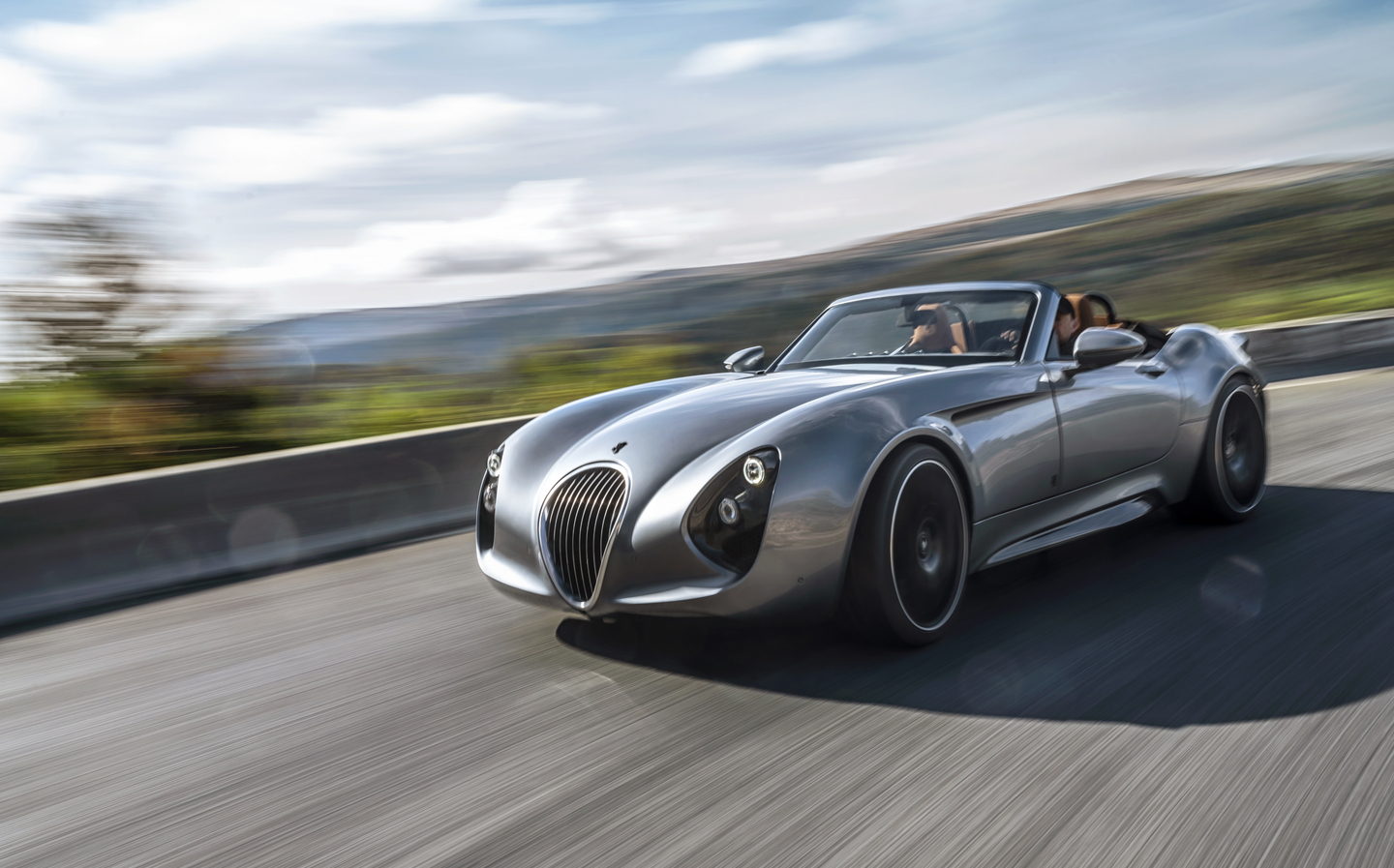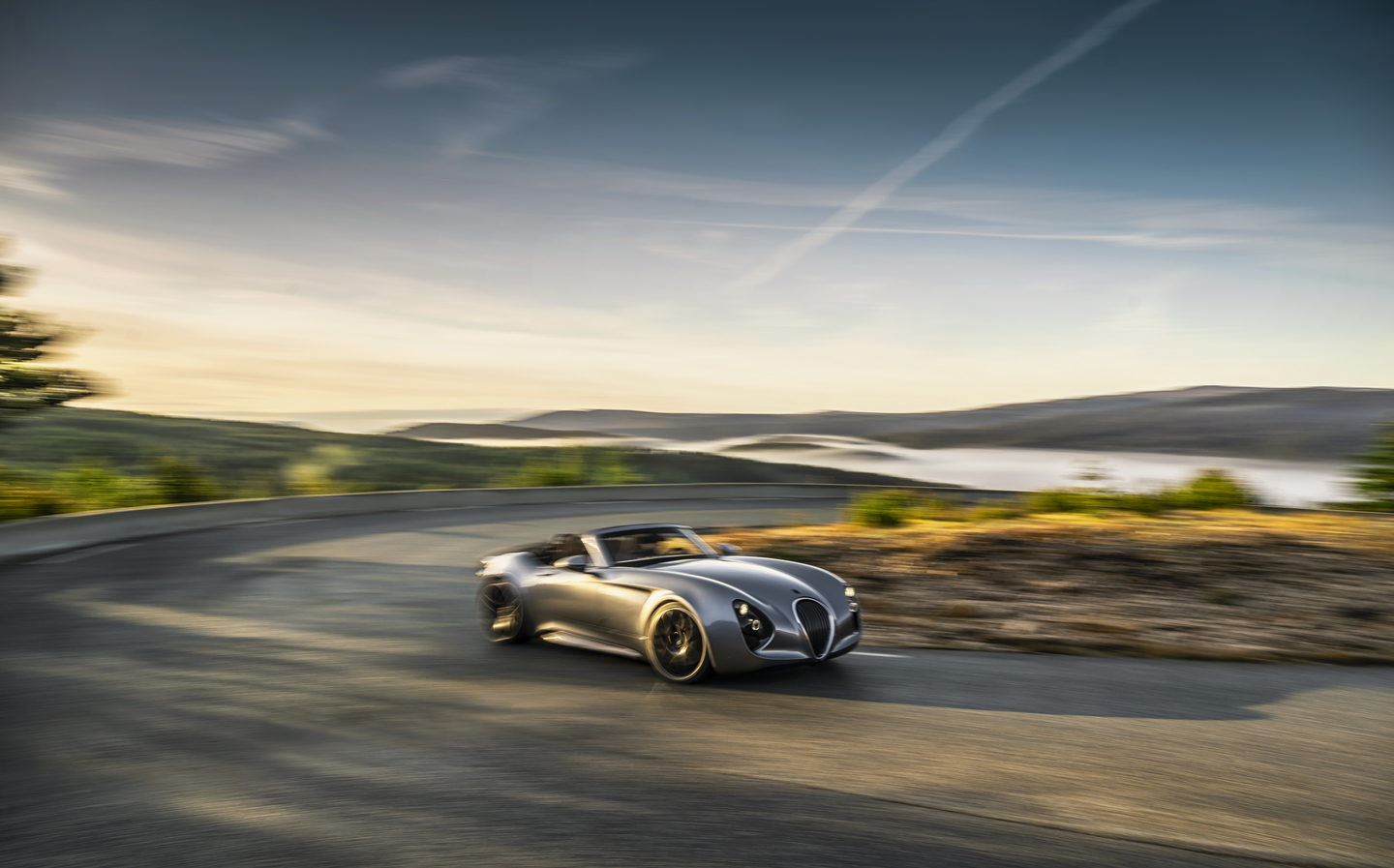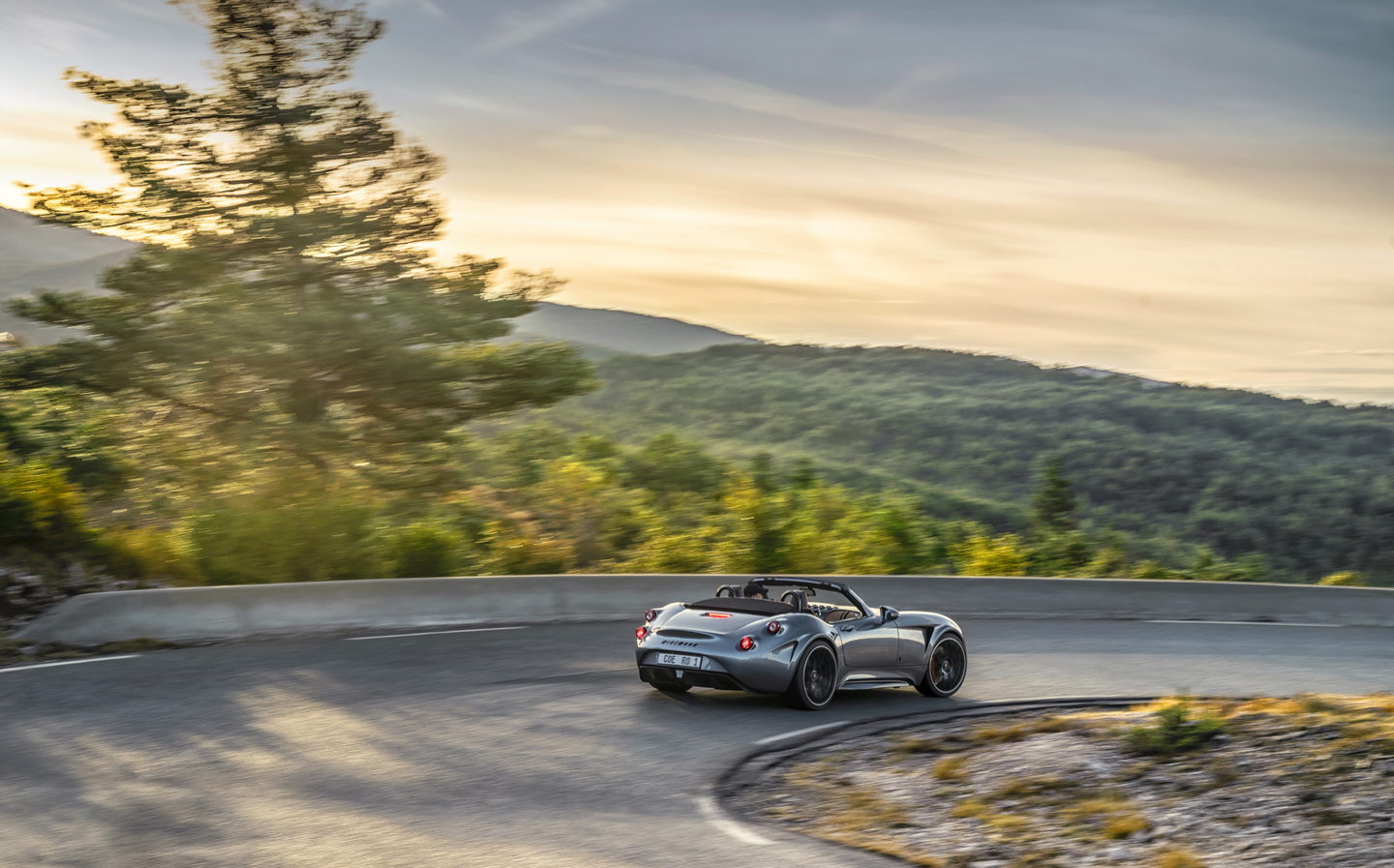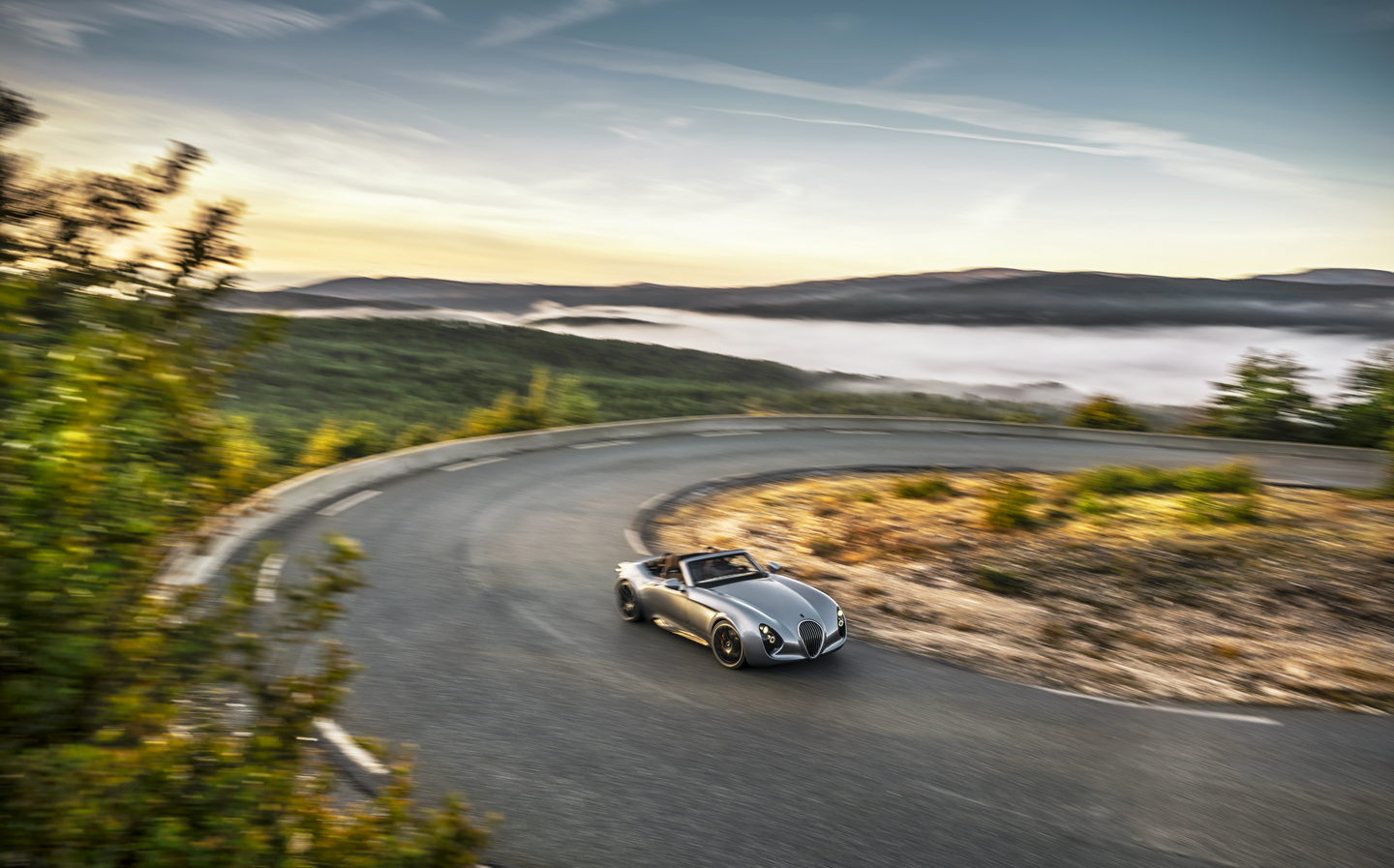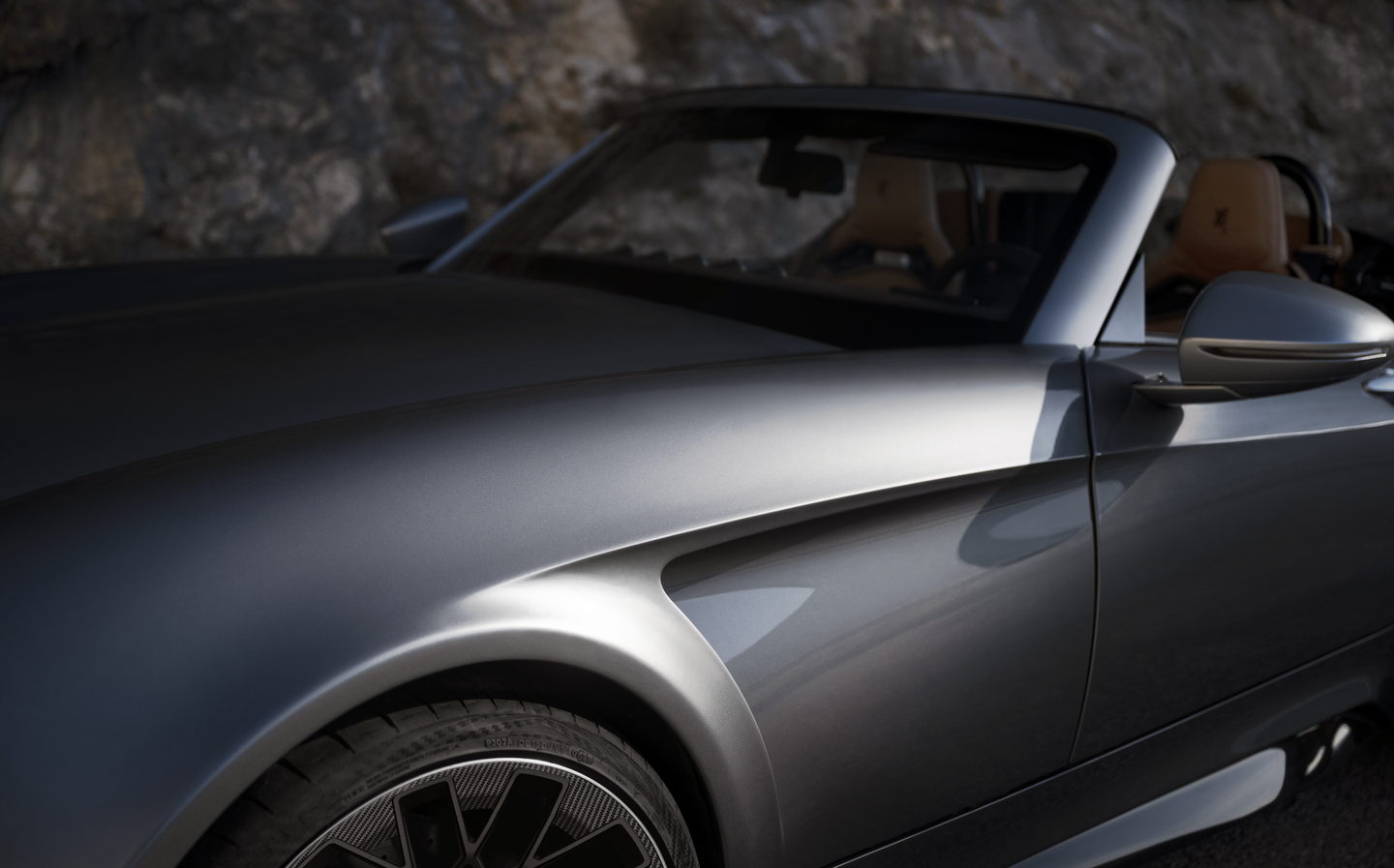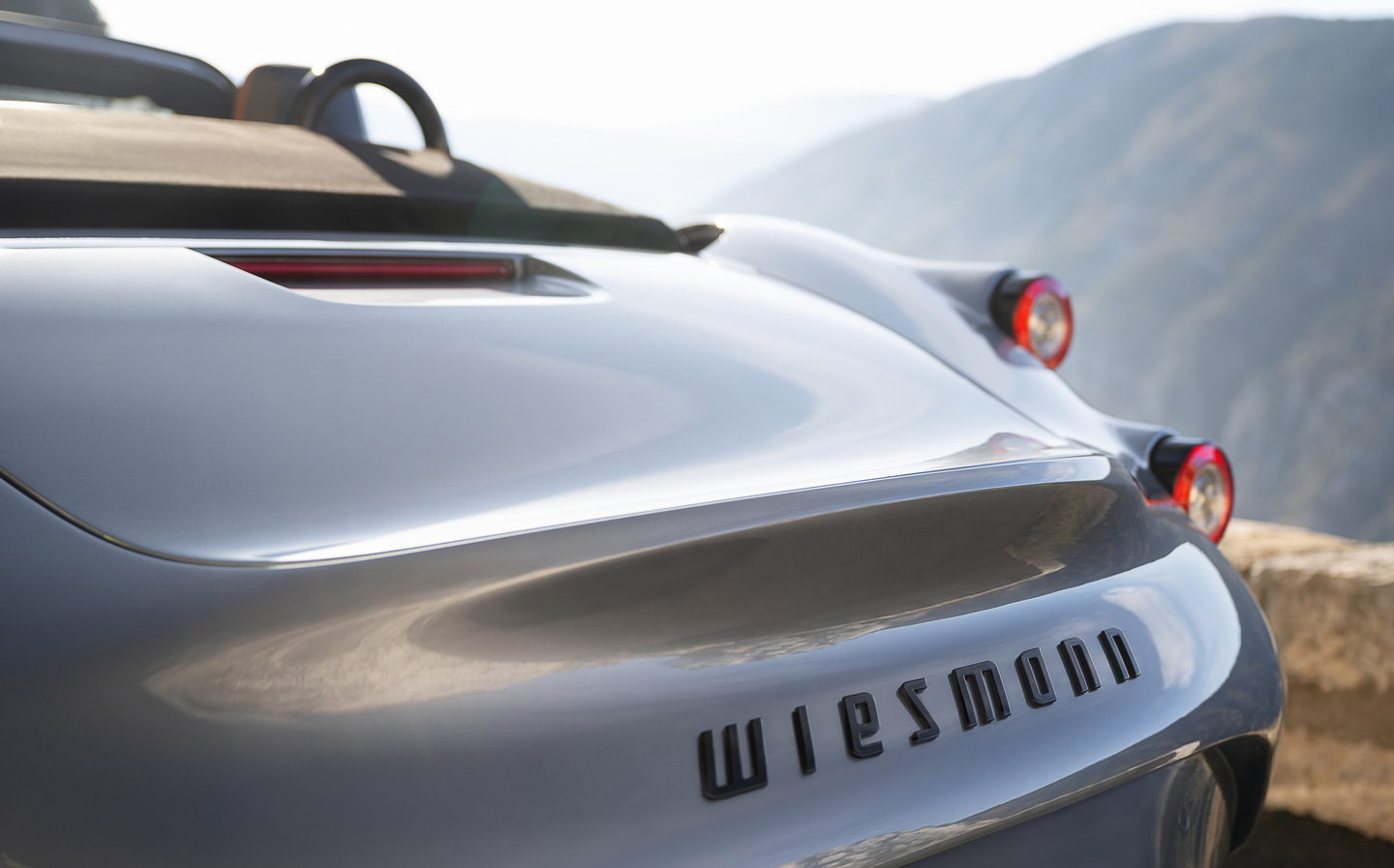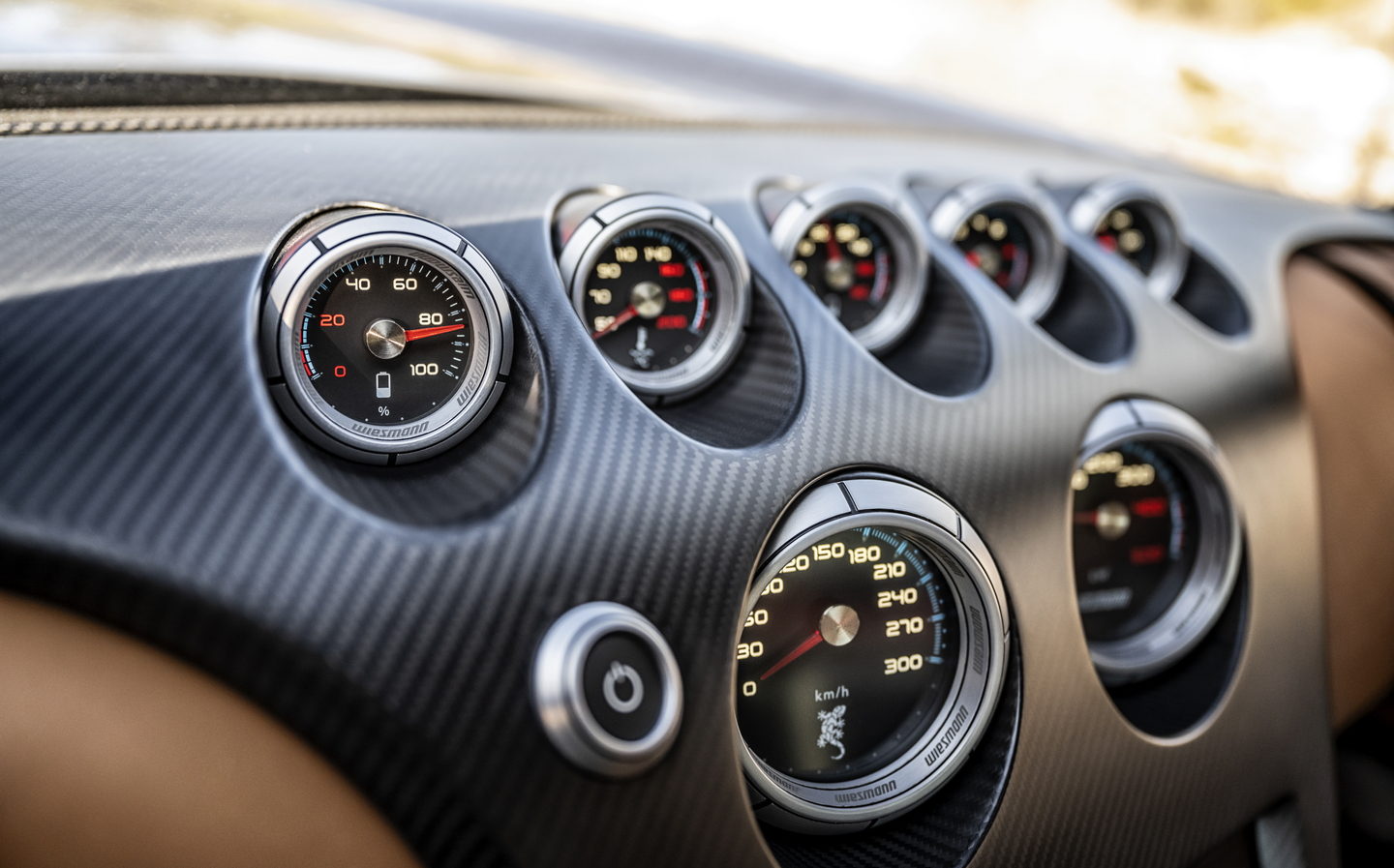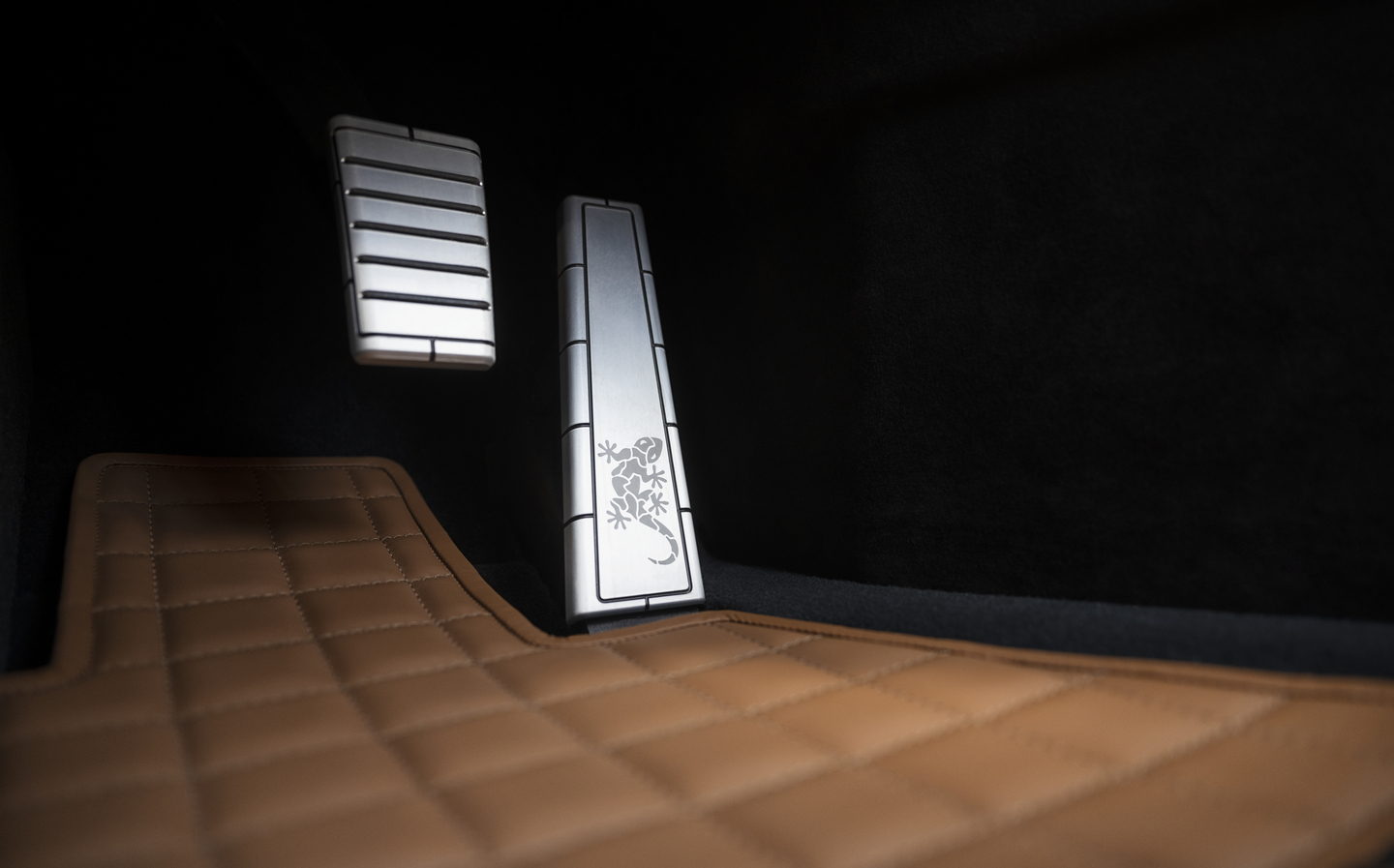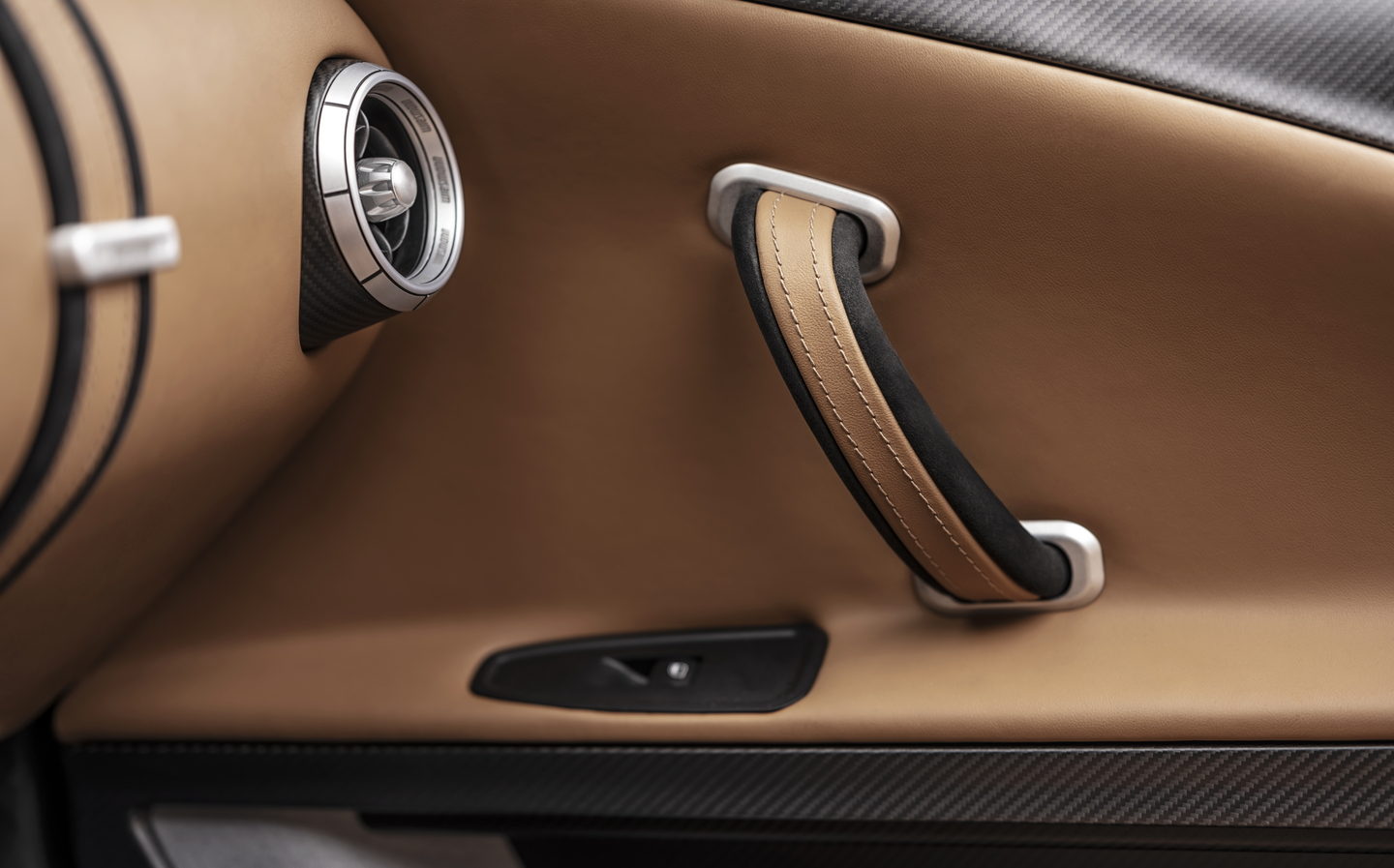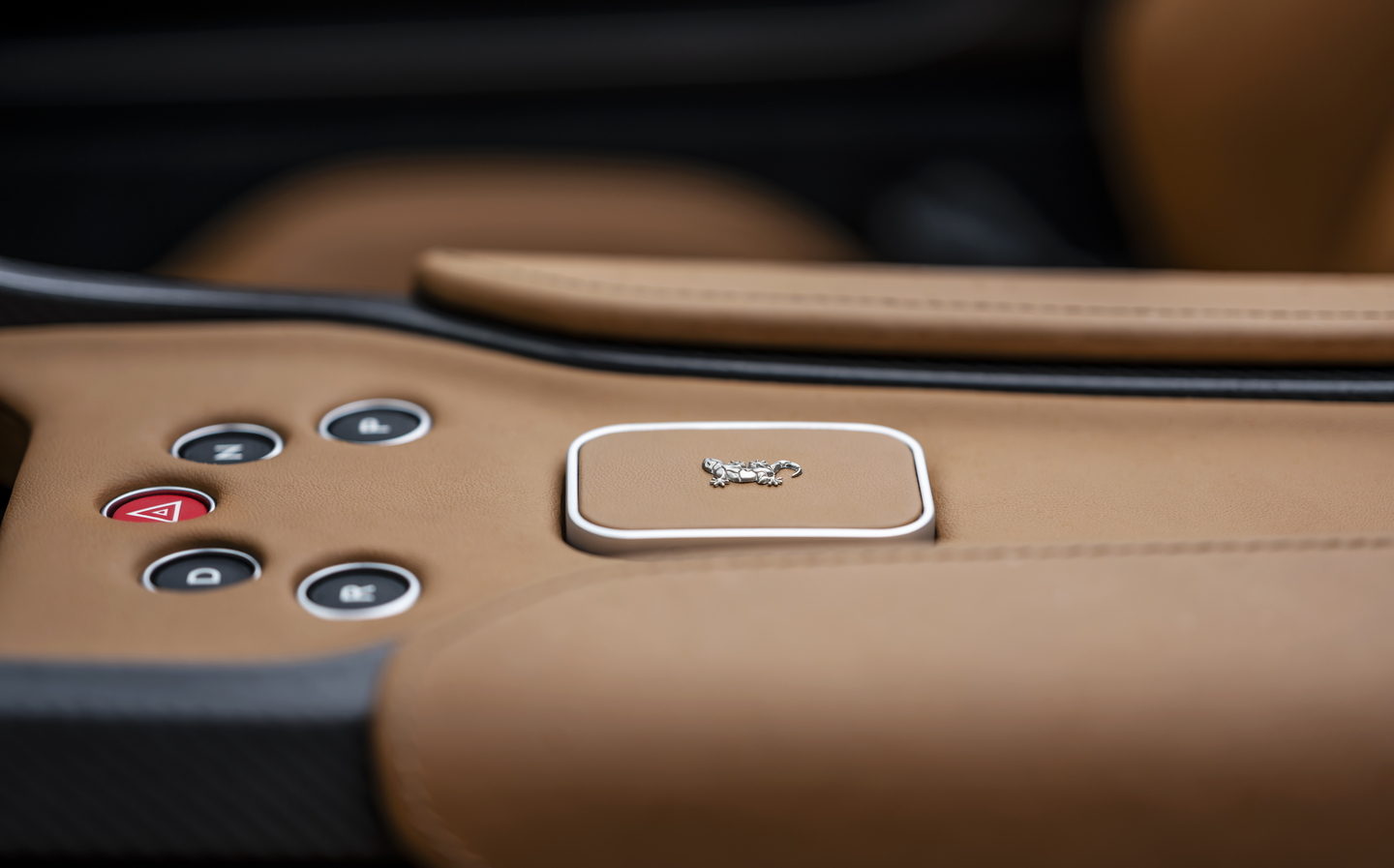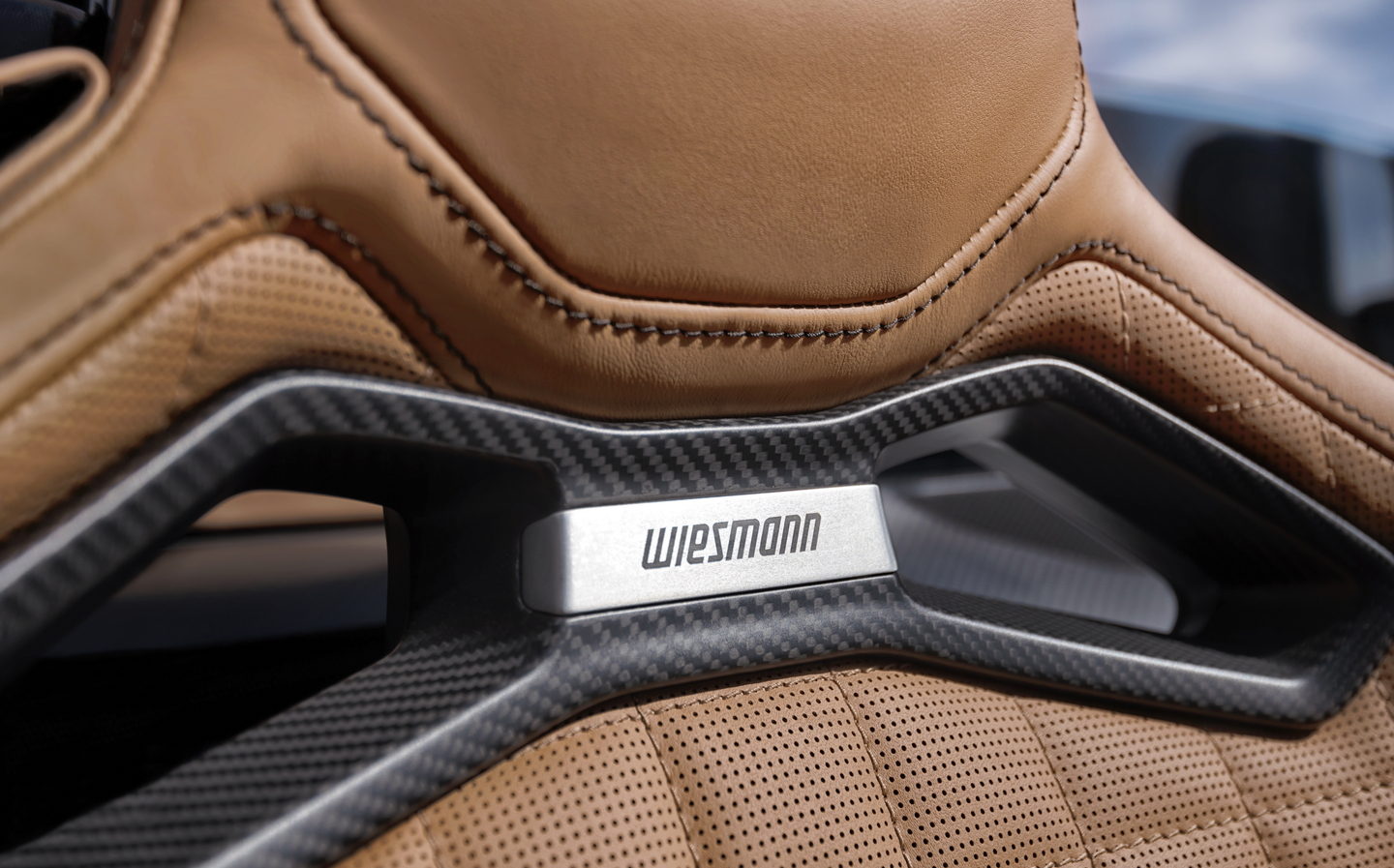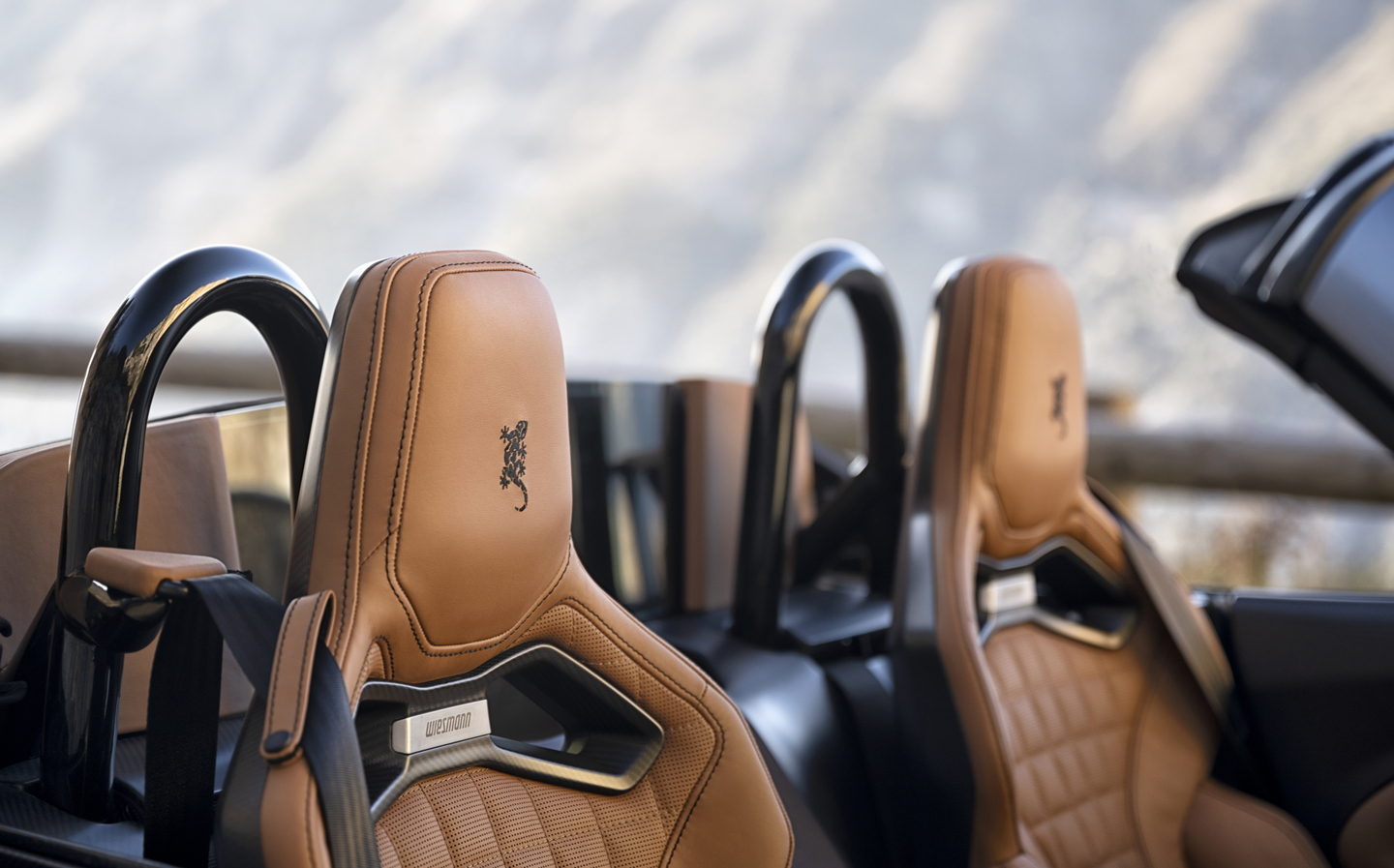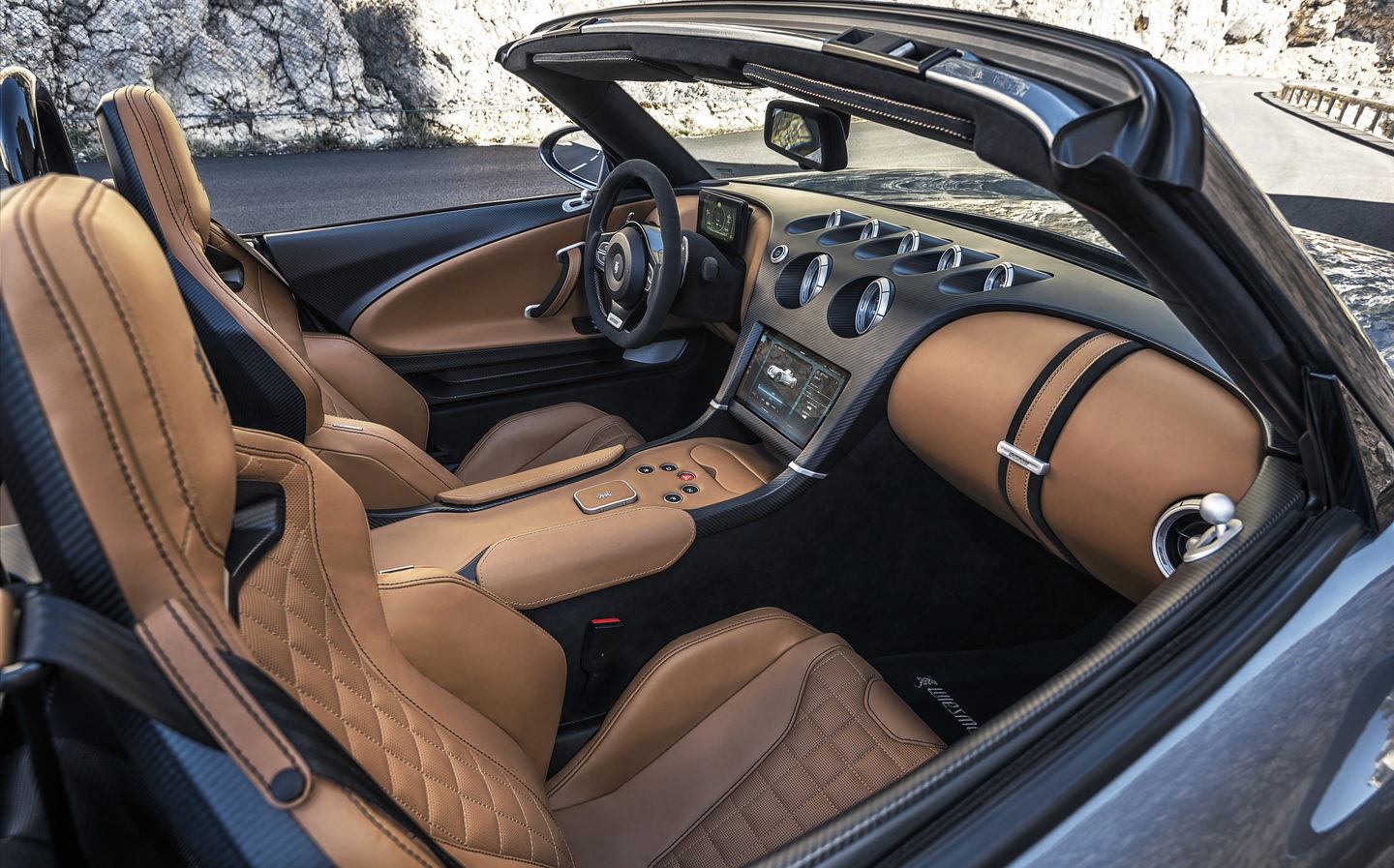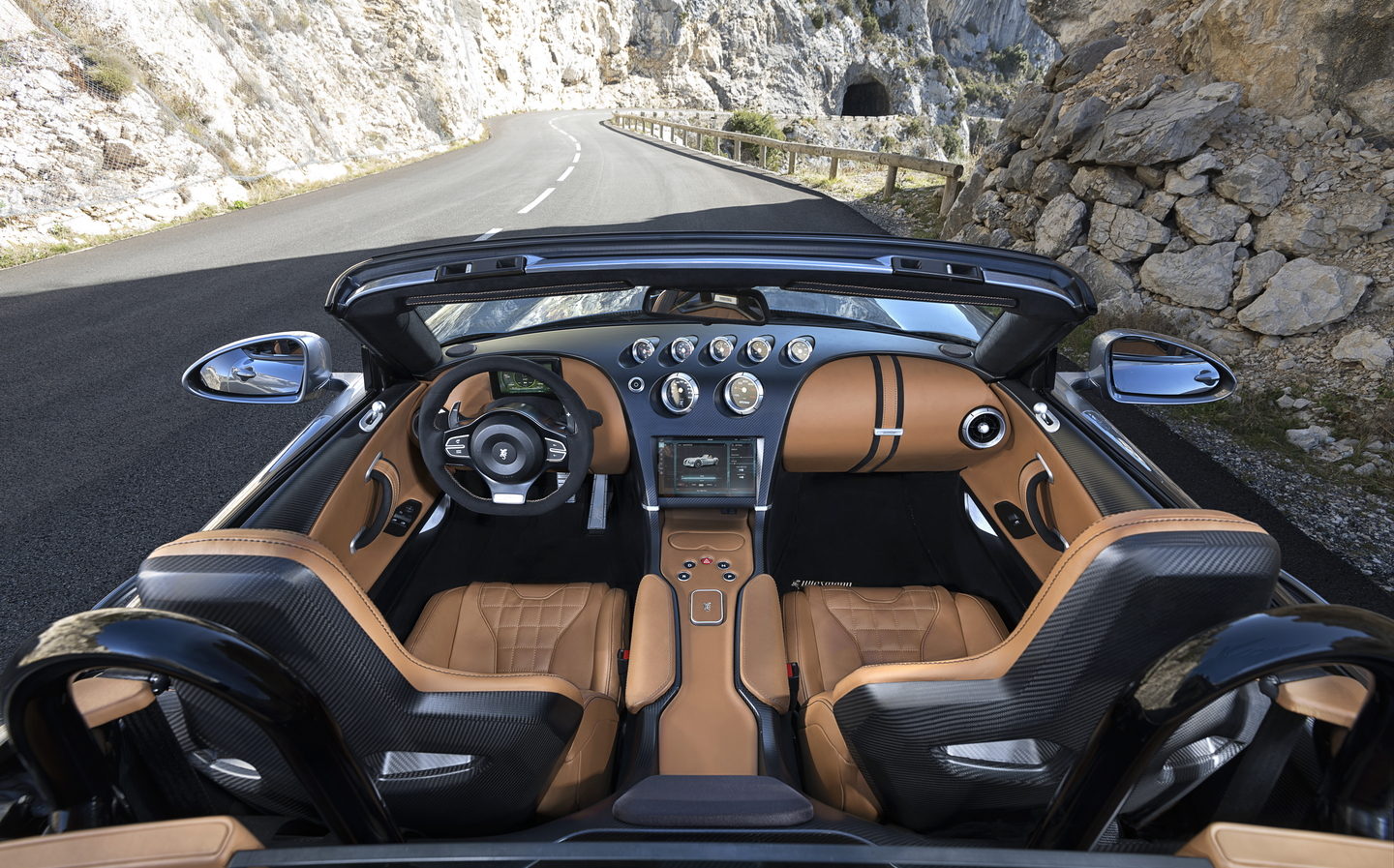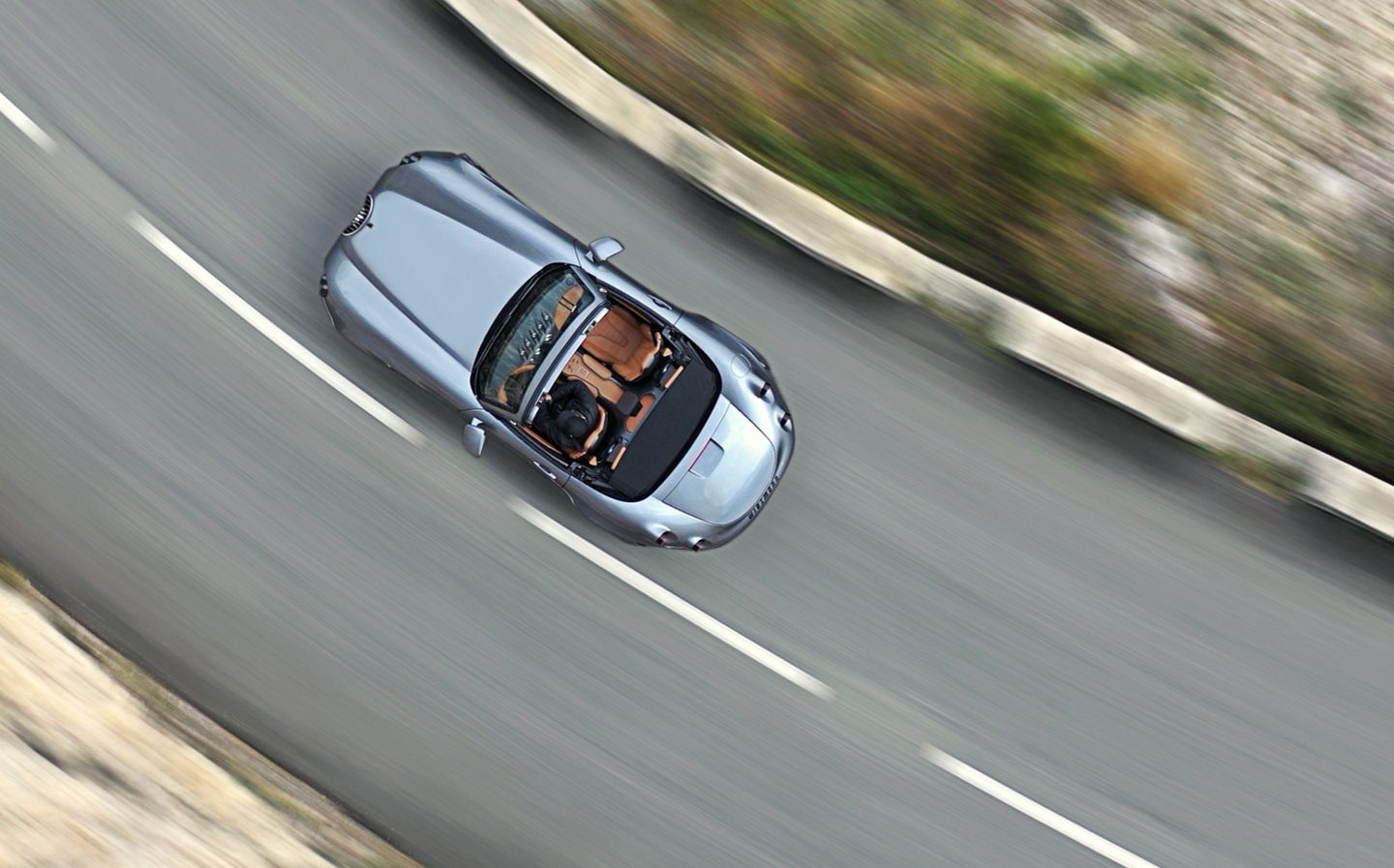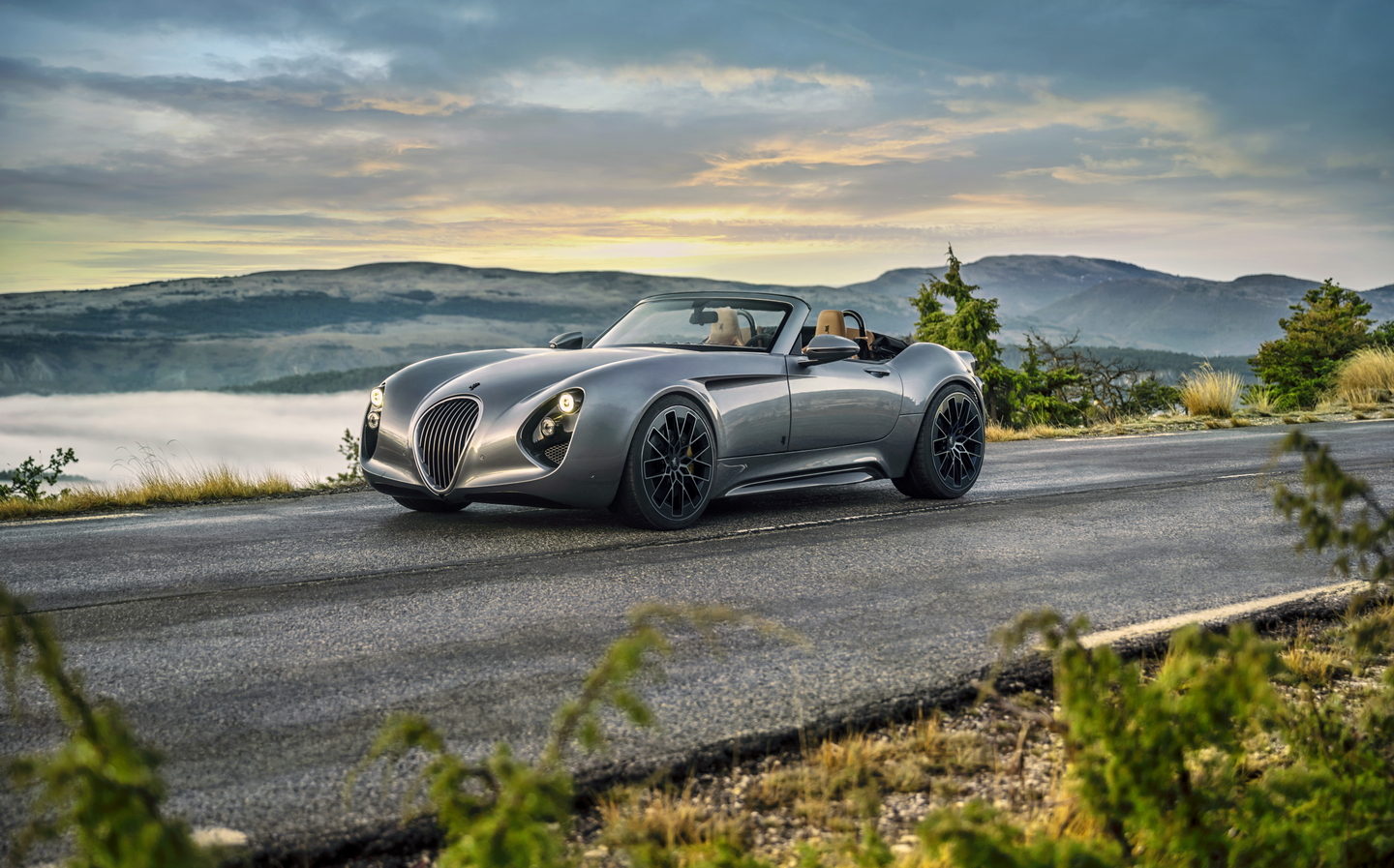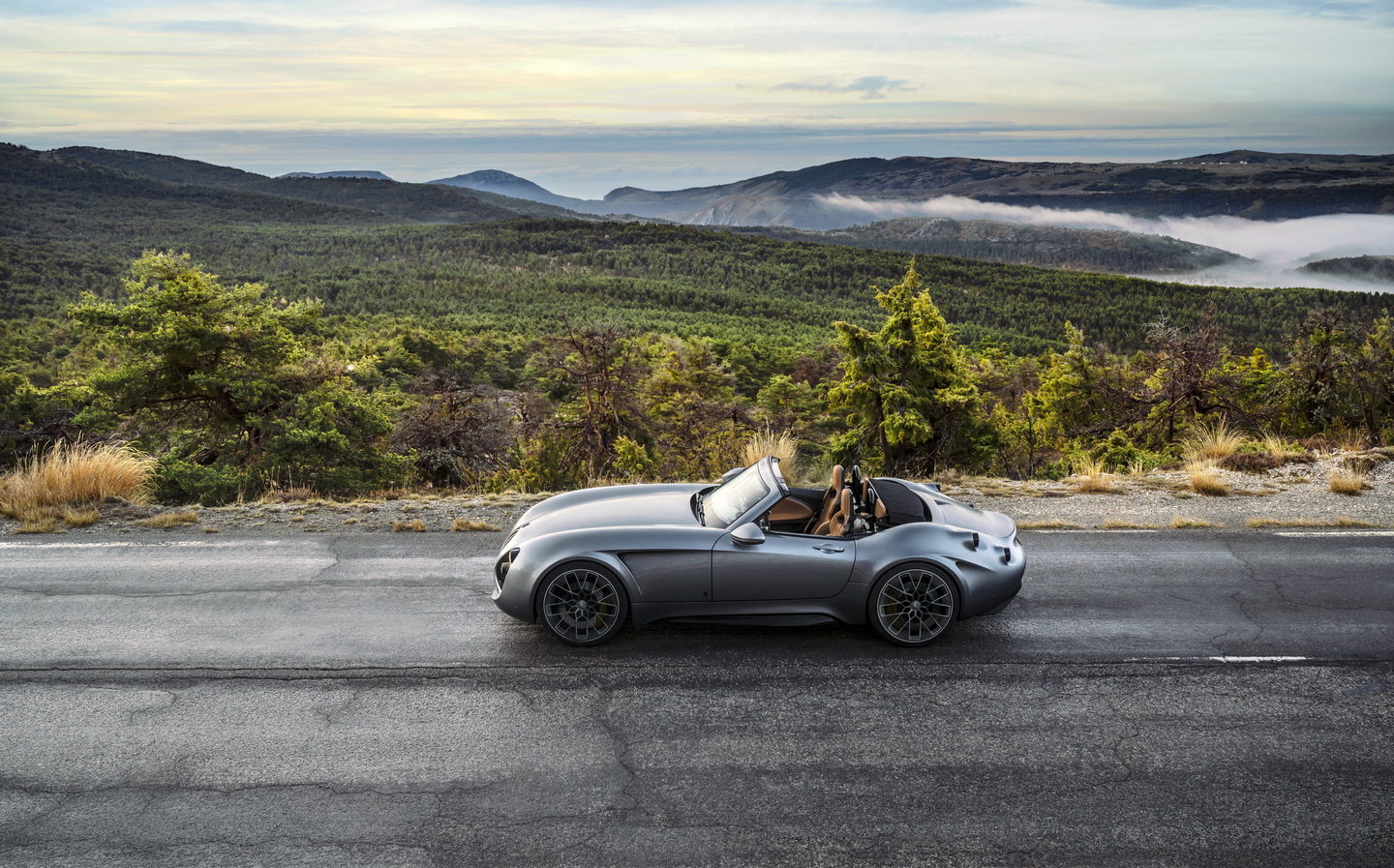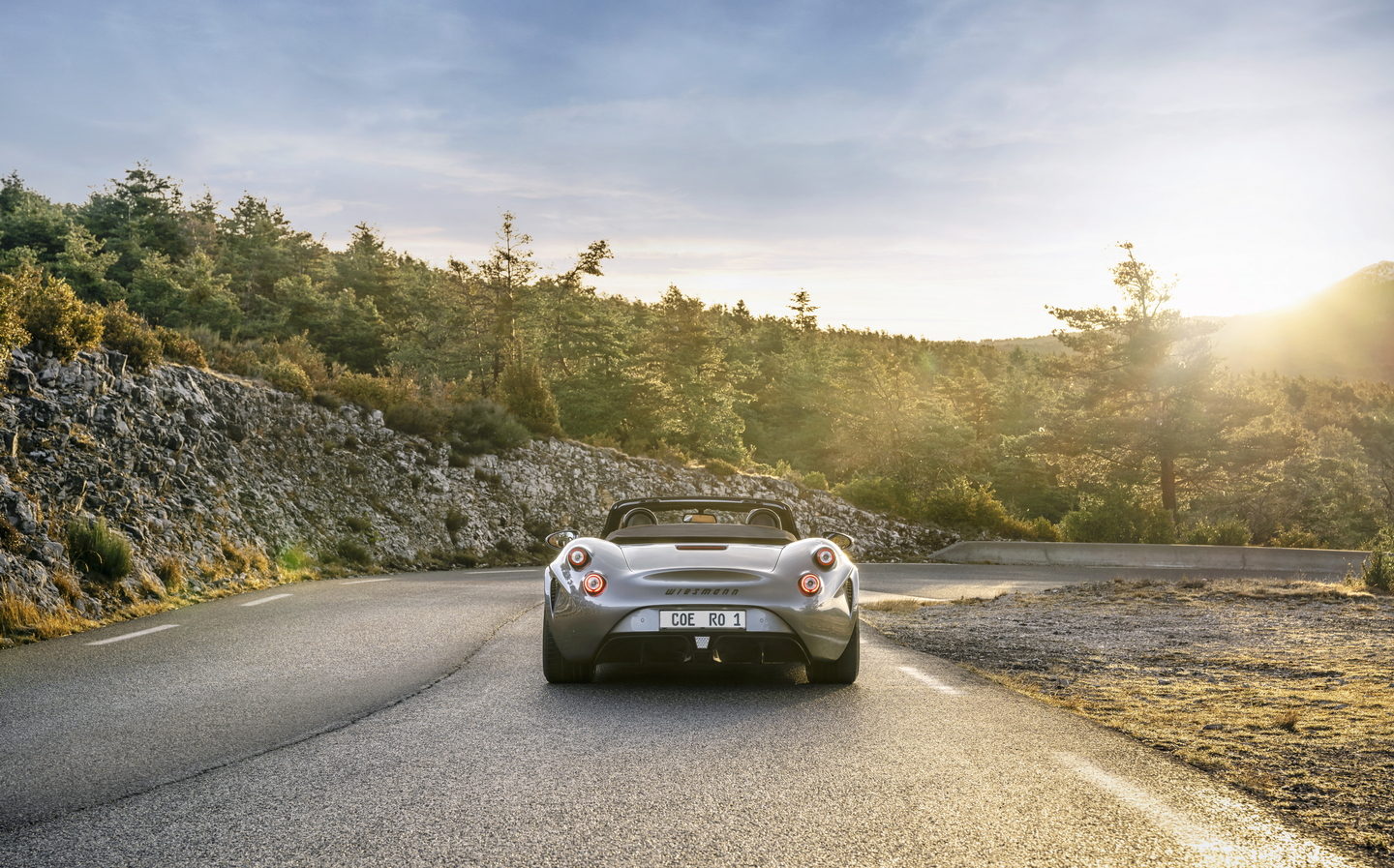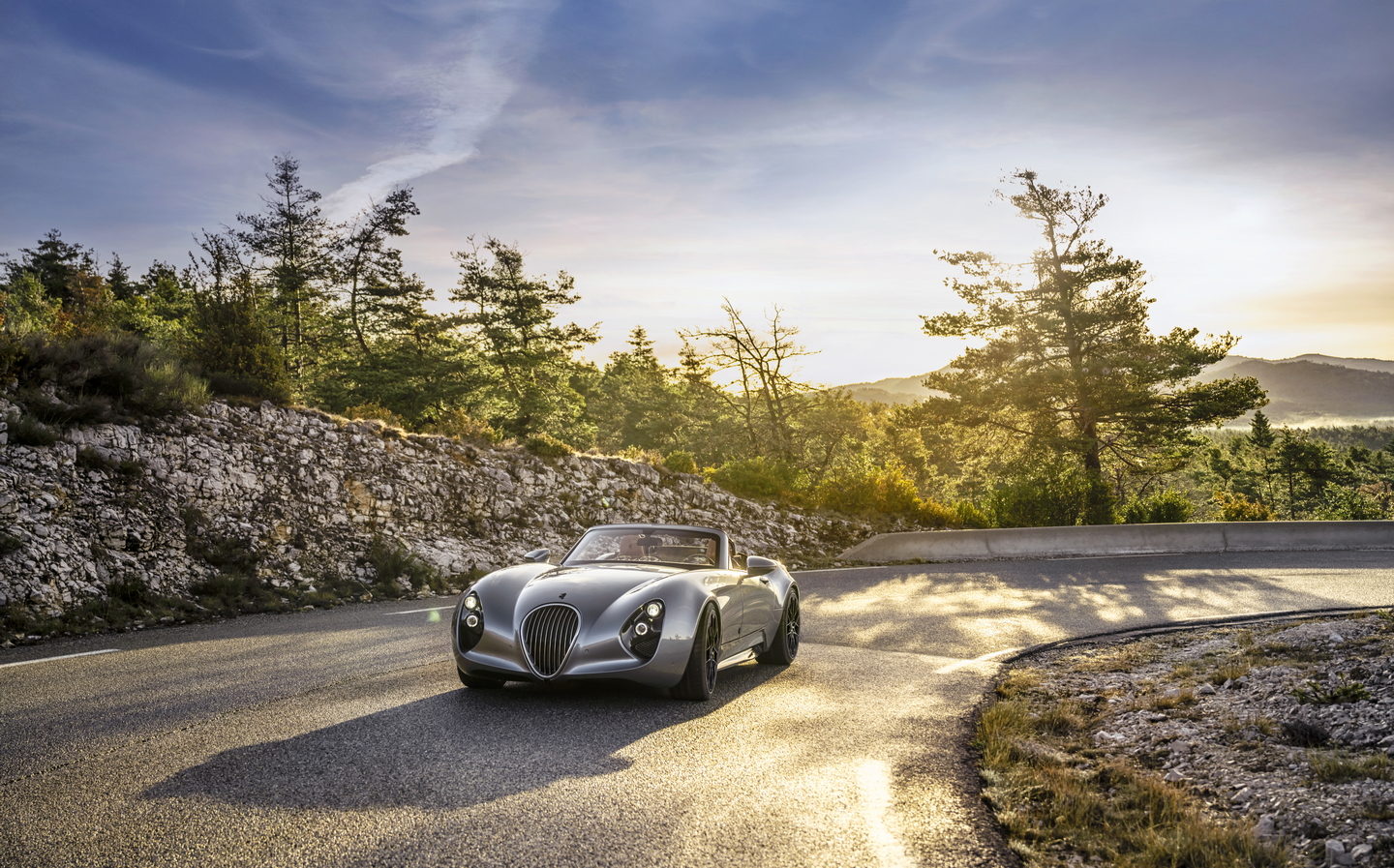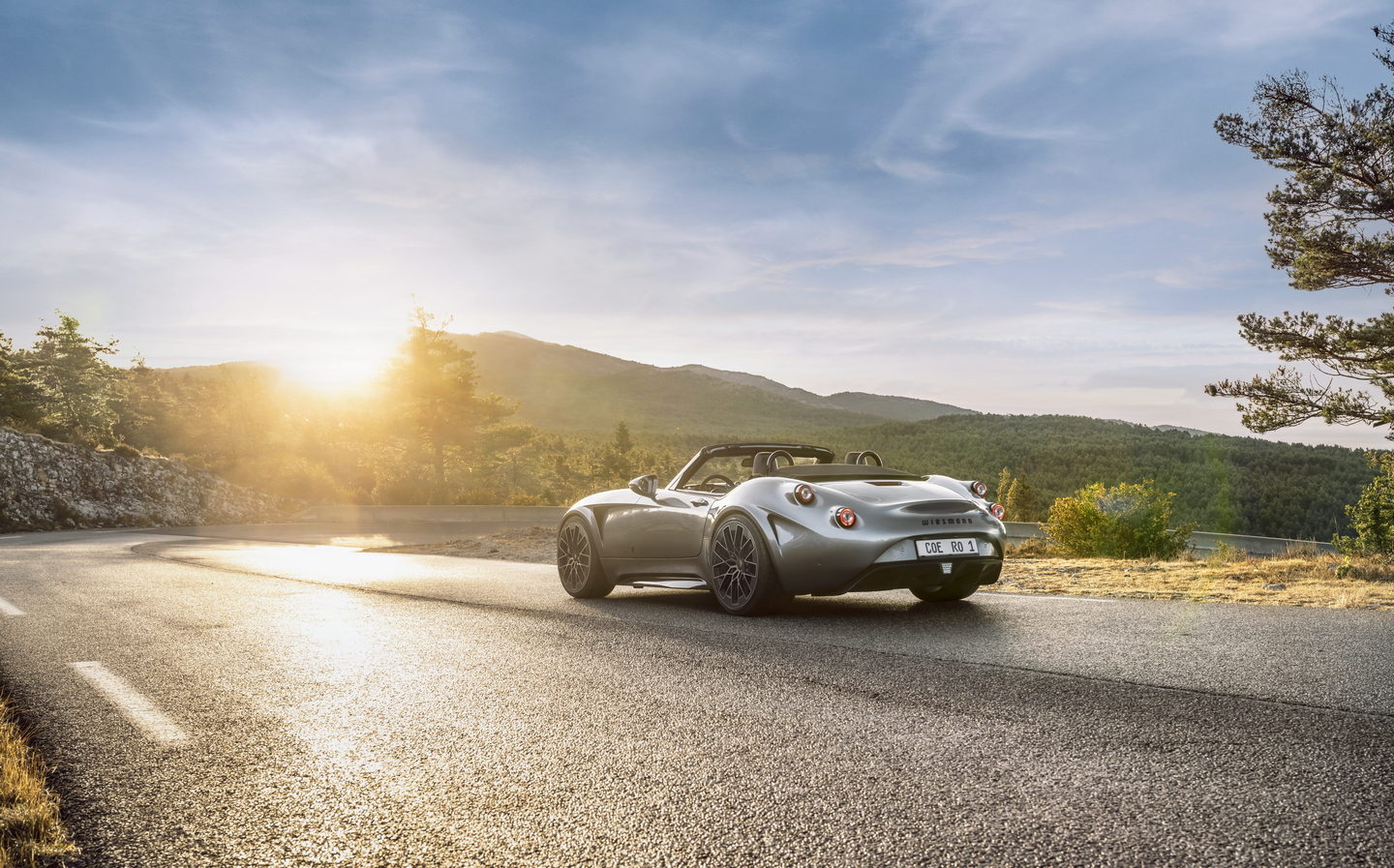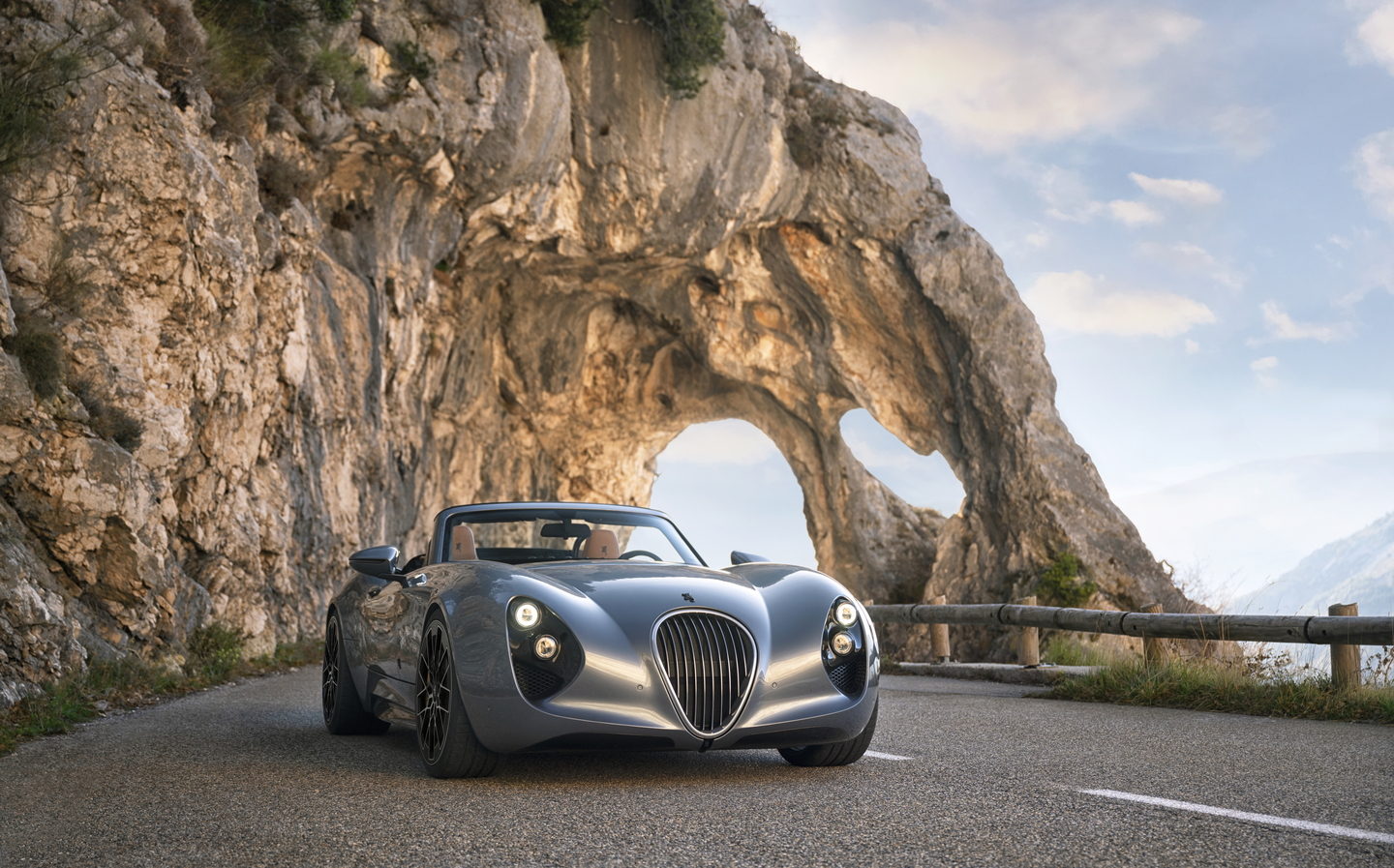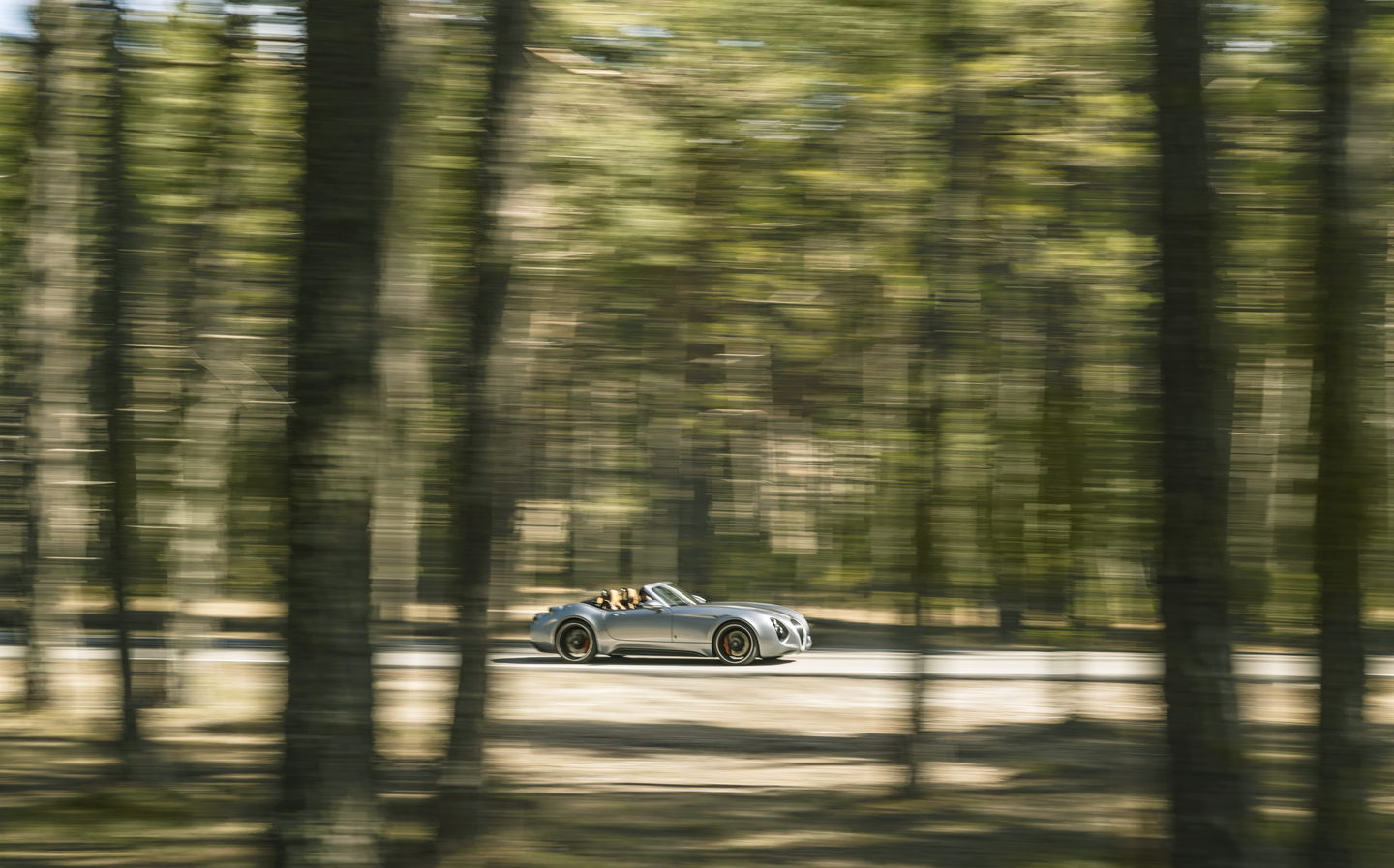Wiesmann Project Thunderball review: Prototype electric roadster from Germany’s Morgan promises 671bhp
Ah, Mr Bond, Wies been expecting you
Wiesmann is not a household name in the UK, but it is in Germany. Much as many British people, even those who are not car enthusiasts, will know what a Morgan is, so too German people know Wiesmann. The company only makes a handful of cars each year, to date powered by BMW V8 and straight-six petrol engines, but it has previously been voted the fifth-most recognised car brand in the country.
But now, Wiesmann is going global. Under London-born chief executive Roheen Berry, Wiesmann isn’t just going to expand into new markets, it’s doing so with a pure-electric roadster under the codename Project Thunderball. Whether this is a car for James Bond or Emilio Largo up for debate.
Whereas small-volume British sports cars are made in sheds and on industrial estates, sometimes shipping out components for buyers to assemble themselves, Wiesmann has a large, airy factory for the production process, the roof of which is a huge metal frame mimicking the outline of a Gecko — the small and agile lizard that is Wiesmann’s badge.
The car itself features a bespoke battery, supplied by Munich-based Roding Group, sitting in a bespoke bonded aluminium chassis and topped with carbon-fibre bodywork.
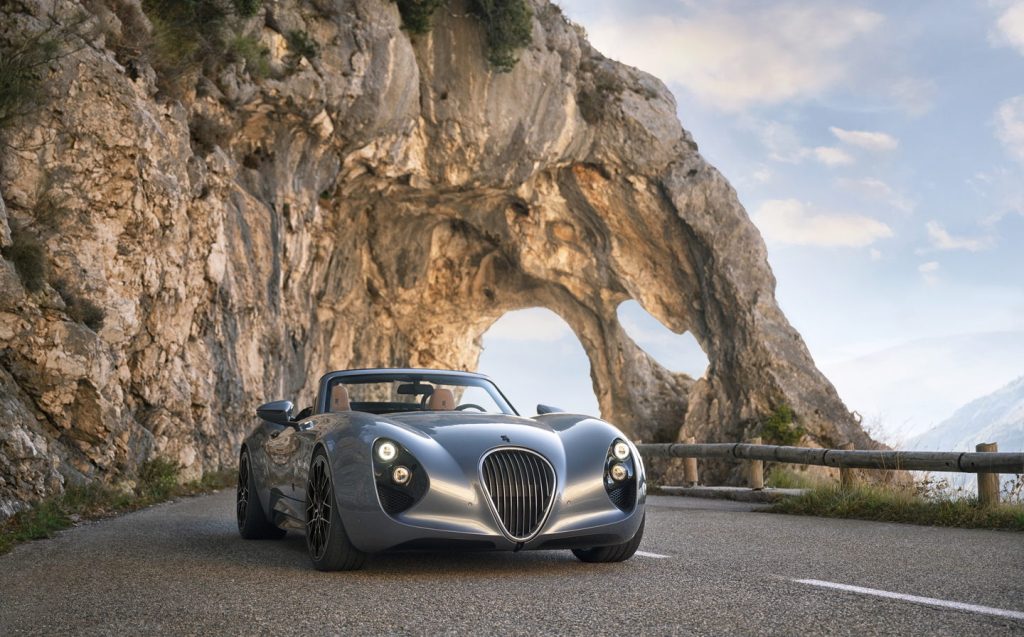
Exterior design and rivals
Project Thunderball is recognisably a Wiesmann, in the mould of all of its cars dating back to the original MF30 of 1988. Its style is light-touch retro — there are elements of old Austin-Healeys and AC Cobras in there, along with a faint hint of Jaguar C-Type around the grille, and a little bit of Marcos at the rear.
What you see in the pictures is not the Thunderball’s final, finished form, however. It’s about 95% there but the rear will eventually gain an electrically-adjustable spoiler in place of the current subtle duck-tail kick-up at the back of the boot, while the rear lights are just placeholder items for now — the final ones will look more complicated and jewel-like, we’re told.
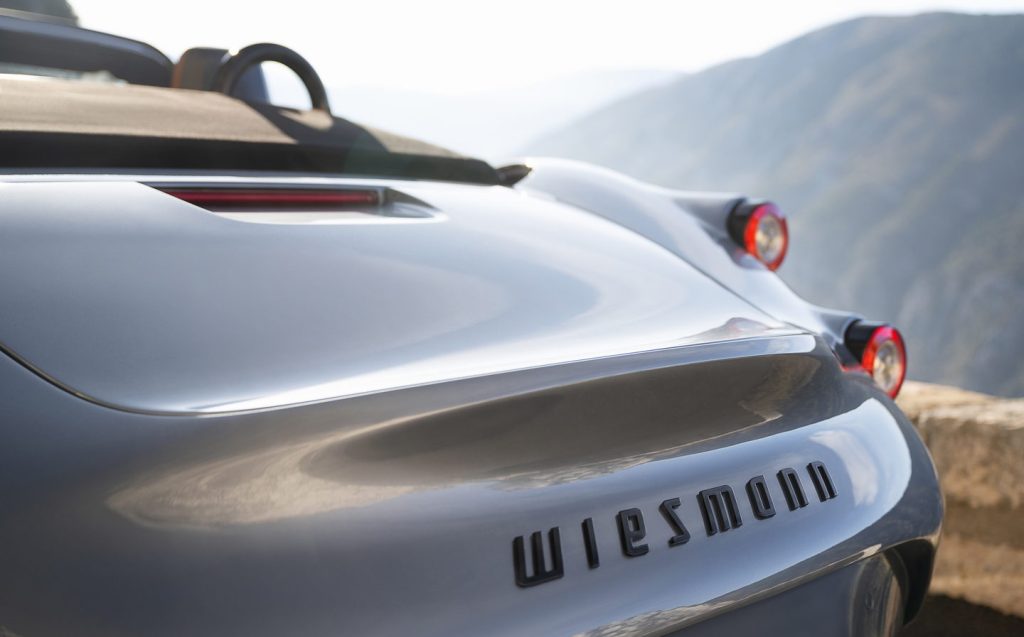
Finishing touches aside, it’s already a gorgeous car to our eyes, painted a lustrous shade of silver and looking suitably muscular.
It’s wider than previous Wiesmann models, too, which have always been relatively compact cars; better for exploiting the winding roads near the factory, just outside Essen. Project Thunderball is noticeably wider when you park it next to an older MF model, stretching to two metres across, but it looks better balanced rather than distended.
Interior and practicality
That extra width really benefits the interior. In older Wiesmann models, your left elbow is constantly rubbing up against the door card, but in the Thunderball there’s much more space and a greater level of comfort.
Wiesmann used to make its own seats — frame, foam and all — because it couldn’t find off-the-shelf items that were narrow enough to fit but with the roomier Thunderball standard Recaro-made bucket seats can be accommodated, albeit with Wiesmann’s own trimming and bespoke seatbacks.
You do feel like you’re sitting slightly higher than in older models, though, in spite of Wiesmann’s attempts to move the batteries to the centre of the car to keep the seating position low.
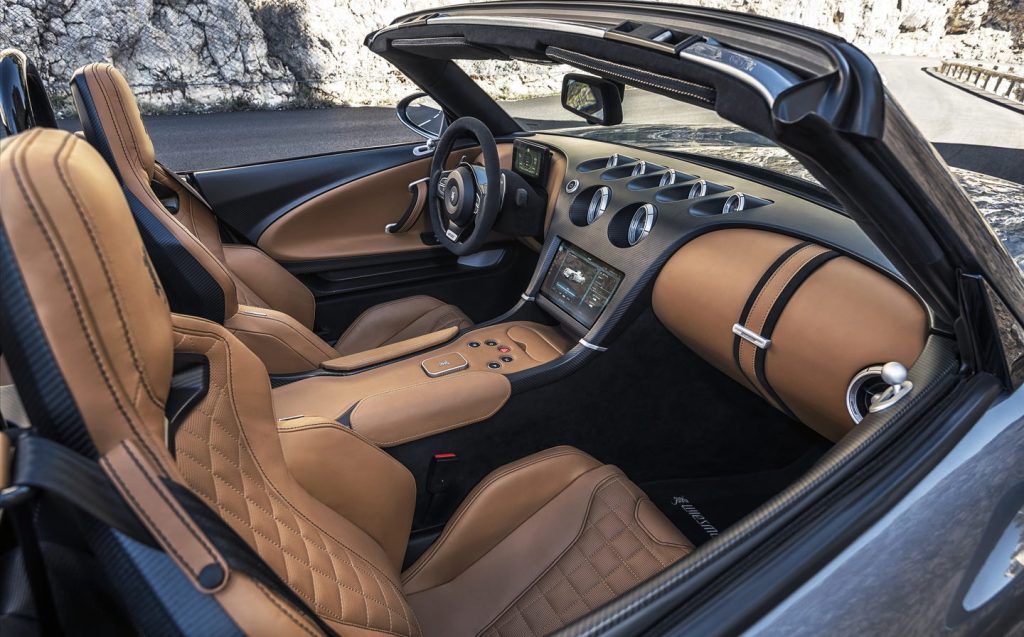
Ahead of the driver is an Alcantara-wrapped steering wheel. At present this is identical to the one used by Morgan but like the rear lights, it’s a placeholder item — a bespoke wheel is on the drawing board.
Behind it is a small, slightly complex-looking digital instrument screen and a pair of paddles that adjust the level of regenerative braking, which recovers energy to the battery and in doing so slows the car when you lift off the accelerator.
Charmingly, Wiesmann has kept its traditional bank of analogue dials in the centre of the dash, all angled towards the driver. These are all laser-etched and look suitably expensive for a car likely to cost north of £250,000.
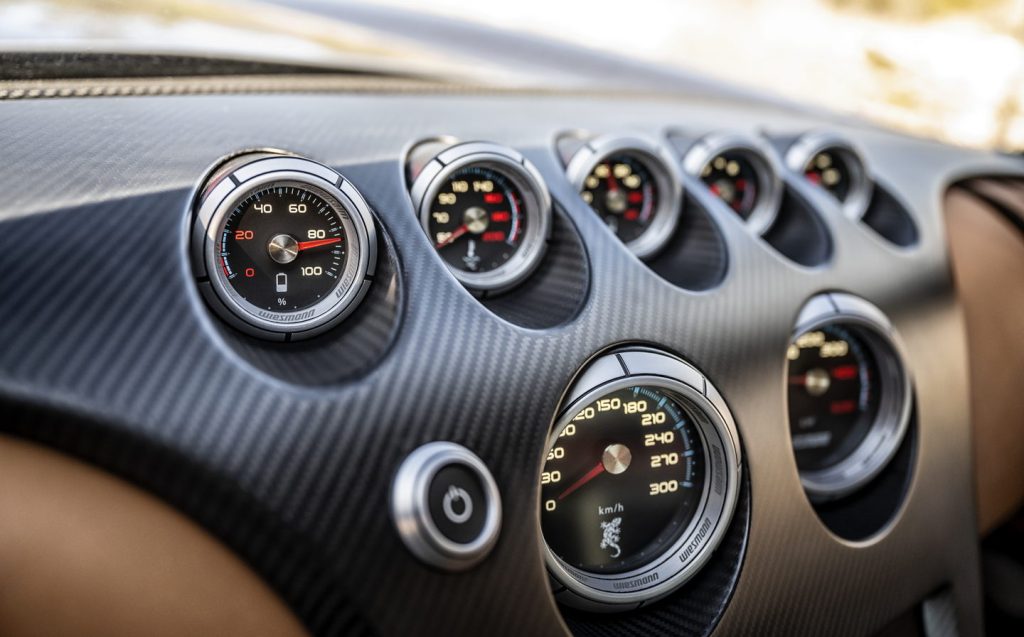
High-tech functions such as the level of battery charge and even the battery temperature get their own individual dials, but there’s a large touchscreen down below for modernity, which will eventually get over-the-air software updates.
Drive selection is via simple buttons on the “transmission” tunnel, while the chunky key fob is leather-trimmed in tan to match the seats and dashboard, and it slots magnetically into a recess between the seats. The entire dash panel itself is one large carbon-fibre moulding, and it looks great.
Space and comfort are decent — you’ll find more useable room in a Jaguar F-Type or Porsche Boxster, but the gap isn’t as big as it would be between those and an older Wiesmann model.
It’s moderately practical, too, as there’s a 180-litre luggage compartment up front, but if you want a boot you’ll have to wait for the coupé (hard top) version to arrive.
Technology and safety
As mentioned above, Wiesmann traditionally has sourced its engines and gearboxes from BMW but the Thunderball is much more of an in-house affair. There’s a huge T-shaped battery running from the “engine” compartment in the front, right the way up the tunnel between the seats.
Both dynamic stability control and traction control will be standard on all cars, of course. There are front airbags and Wiesmann is working with Recaro to install side-impact airbags in the seats, too.
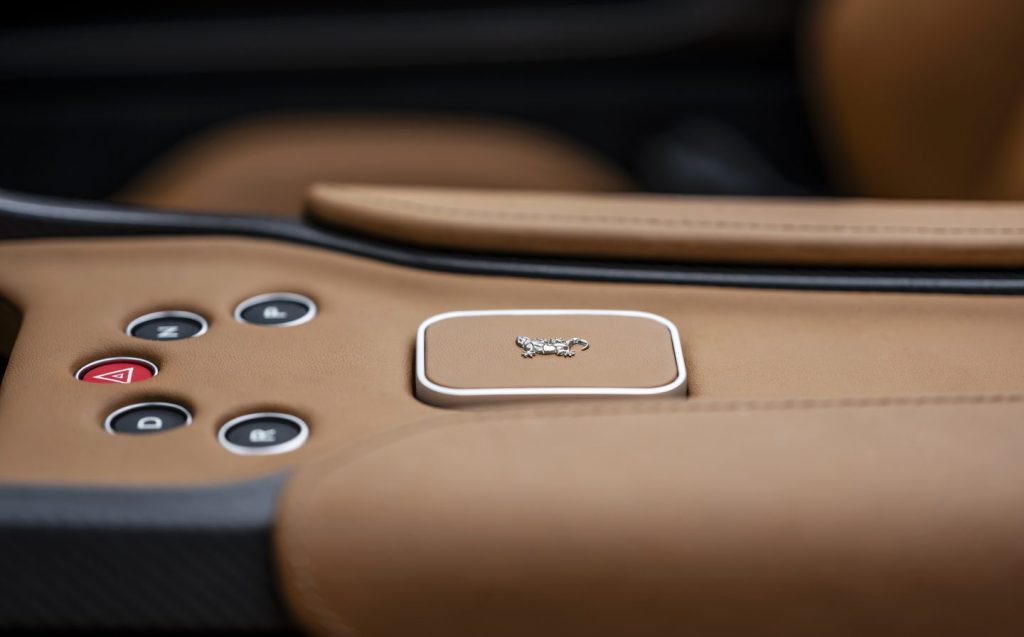
The screen in the centre of the dashboard is a decent size, but graphically and in its menu layout it’s currently pretty fiddly and slow to respond. That may be a slightly unfair criticism for now — as with the rest of the car, the screen is still a prototype, and many changes and updates are promised between now and when the car goes on sale in late 2024.
Performance, range and charging times
That big battery leads to some potentially exceptional performance. We’ll explain the ‘potentially’ bit in a moment, but when it reaches production, the Wiesmann should have 671bhp from two electric motors driving the rear wheels through a single-speed gearbox supplied by the racing specialists at Hewland.
Those two motors will combine to produce a mighty 814lb ft of torque, which is a little more than a Koenigsegg Agera supercar, and Wiesmann is targeting a 0-62mph time of just 2.9secs.
The top speed has yet to be confirmed, and EVs struggle for range at really high speeds, but there are plenty of de-restricted Autobahns near Wiesmann’s HQ so don’t expect it to be slow.
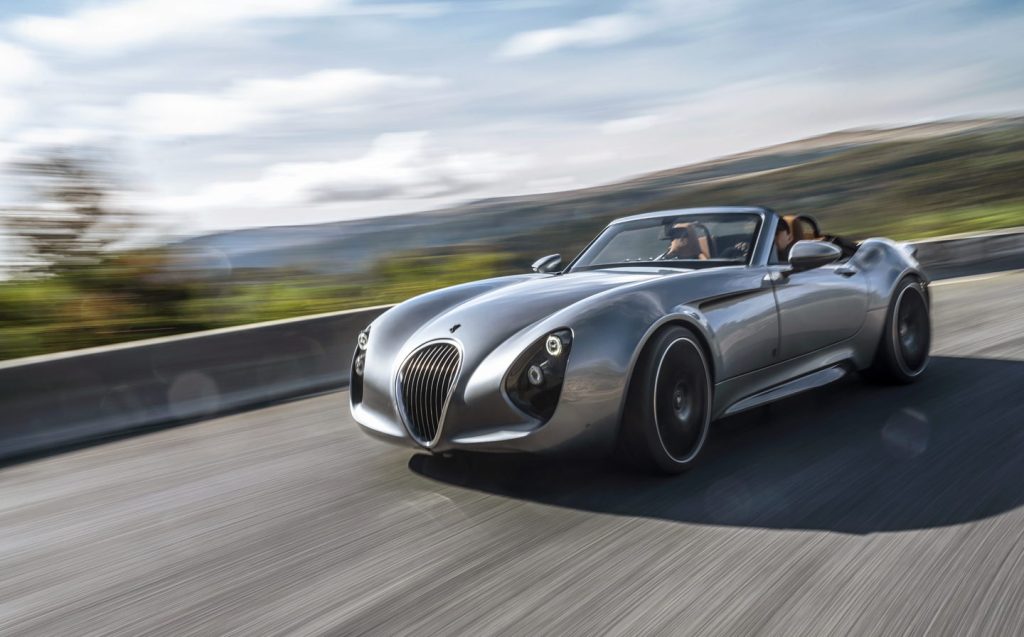
The battery has a usable capacity of 83kWh, which should give a one-charge range of more than 300 miles, thanks to the Wiesmann’s wind-cheating shape and its low (by EV standards) 1,775kg kerb weight.
Buyers will be able to recharge it quickly too — at 22kW from a kerbside AC charger, or up to 300kW from a rapid DC charging point. Charging times have yet to be confirmed, but 10-80% should be possible in under half an hour at a suitable charger.
All of this is a bit theoretical at the moment, however. The car we’re driving is still very much a prototype. Guenther Riedl, the chief executive of Roding, which supplies Wiesmann’s batteries, was keen to point out that the car has been set-up to be safe to work on, primarily, so the battery pack is not yet providing full power to the motors.
Still, according to the dashboard display the motor in the car we drove produces 322kW, which is a healthy 430bhp, so despite reduced performance it wasn’t exactly slow.
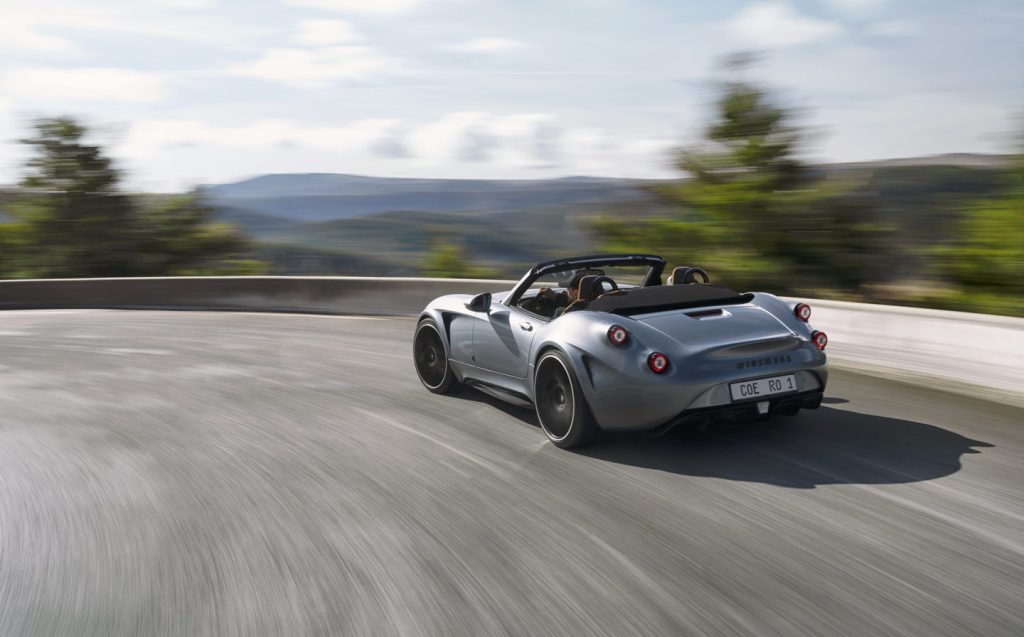
Indeed, the Thunderball had absolutely no trouble keeping up with the older Wiesmann V8 leading our convoy, and that’s packing an engine from the BMW X5M.
Performance is strong, verging on the thrilling even in this reduced mode, and the Wiesmann arguably benefits from the more progressive power delivery in this neutered form.
It’s all the better for not having the back-breaking all-at-once violence of some other performance EVs. It also makes noise — true, the Thunderball doesn’t thunder like the V8-engined cars around it, but it whistles and shrieks like a runaway jet engine, which has its own appeal.
Whether those sensations will translate through to the full-power production model is unknown, but Wiesmann customers of old tend to prioritise driveability and agility over outright performance, so there’s hope.
Ride and handling
For an unfinished car, the Project Thunderball prototype feels beautifully set up. Its suspension layout has been carried over from the V8 models, tweaked to cater for the extra weight and increased width.
Even so, hopping from one car to another you can feel a close kinship. The older models feel less sophisticated, with heavier steering and a firmer ride.
The Thunderball carries over the agility of the petrol versions but adds a dose of extra sophistication. The steering is light, but fast and full of feel from the road.
Despite the fact that we’re driving a priceless prototype, the Thunderball is instantly confidence-inspiring. It’s not long before we’re throwing it at corners with abandon, using the instant torque to power up to the back bumper of the MF5 V8 in front of us.
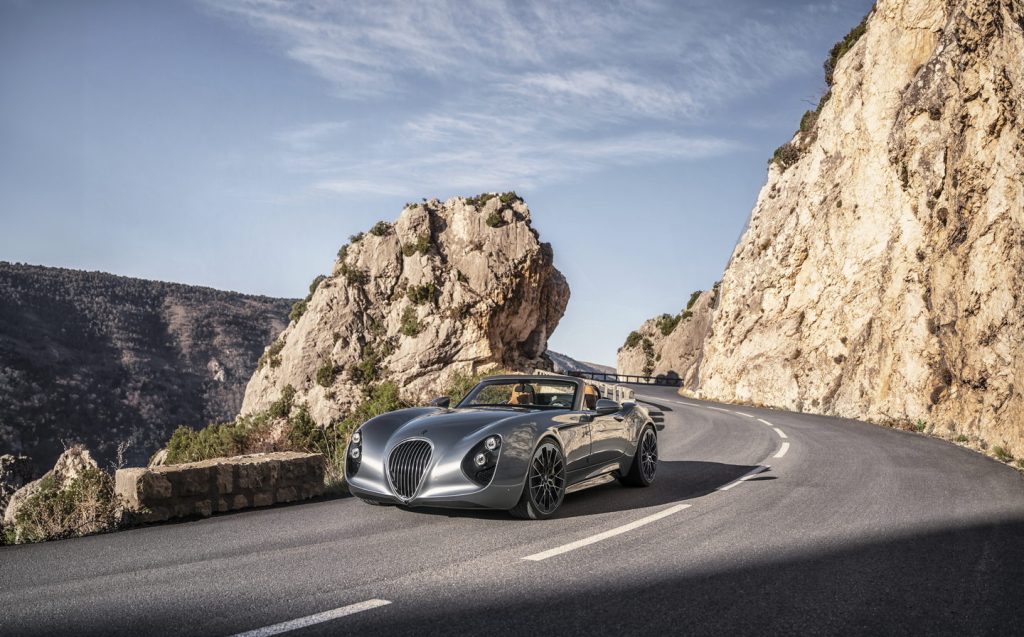
The ride quality is good, too — as with other Wiesmanns, it’s firm but not harsh nor fidgety, and while the German roads we drove on were largely glass-smooth, on the occasional rough section the Thunderball rode competently, with good damping of body movement.
You can tell it’s not finished — there’s an occasional uncontrolled wiggle over a trickier bump — but the basics of a hugely capable fast GT are clearly there. It’s fun, utterly lacking in intimidation and the sort of car you could easily imagine driving rapidly, and happily, cross-continent (charging points allowing).
Pricing and on-sale date
Part of Berry’s pitch for the Thunderball has been to keep its pricing close to traditional Wiesmanns. That means it’s not cheap — it’ll cost circa £250,000 when it does go on sale — but that’s some way short of electric hypercars such as the Pininfarina Battista or Rimac Nevera that cost multiple millions.
Porsche’s upcoming electric Boxster and Maserati’s MC20 Folgore will be much tougher and more affordable rivals to crack, but then they will lack the Wiesmann’s ultra-rare bespoke appeal.
And bespoke it can be — you can select any shade of leather, any paint, any convertible top colour and the craftspeople at Wiesmann will stitch it and paint if for you — and invite you to the factory to see your car being built.
Right-hand drive? It’s not officially confirmed yet but Berry says he’s open to the idea and the components are easily available.
You can order a Project Thunderball now but the first customer deliveries won’t begin until late 2024 at the earliest, with orders already having been placed for three quarters of the first year of production.
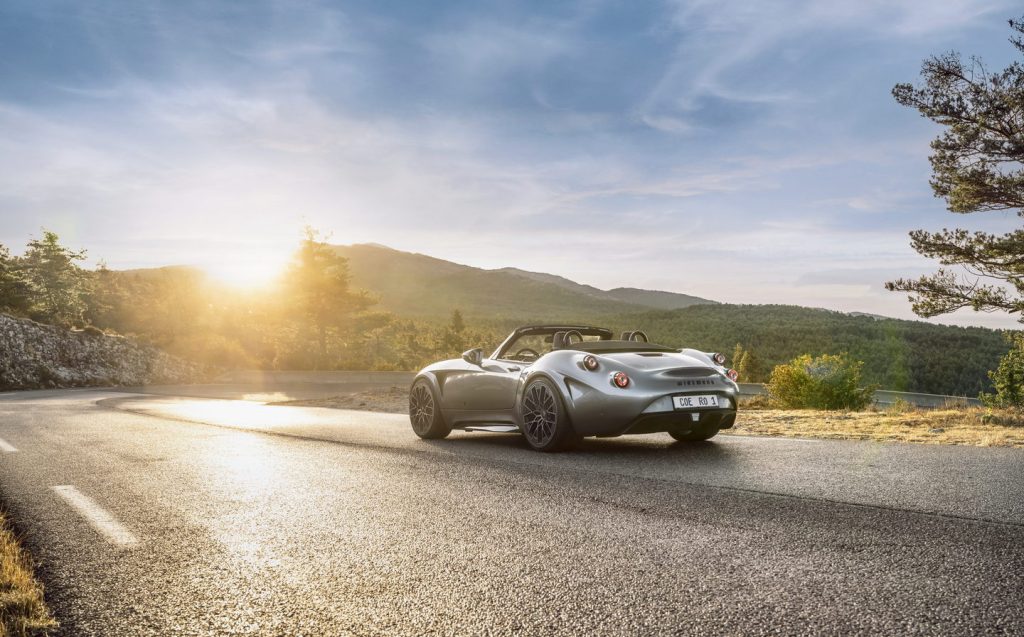
Verdict: Wiesmann Project Thunderball review
It’s easy to get swept up in the enthusiasm of a small-volume car maker, and forget that making cars is a difficult, expensive business. When you see how bigger rivals such as Aston Martin, Maserati and Jaguar struggle then you wonder how a tiny company such as Wiesmann can compete.
Then again, stranger things have happened. When Berry bought the company he fought off determined interest from the giant Geely Group to snatch it, so clearly there’s something there and the brand has a loyal and wealthy customer base, who often buy two cars, not just one.
The Thunderball also looks and feels far better finished than most prototype cars, remarkably close to being production ready — and it’s enormously good fun to drive. All very good omens.
Related articles
- After reading our review of the Wiesmann Project Thunderball prototype, you might be interested to hear that TVR has plans for three new electric cars
- These are all the car makers’ electric vehicle plans
- You might also like to read all about the Maserati MC20 supercar
Latest articles
- Dacia Duster 2024 review: Rugged, affordable SUV modernised with electrification and quite the glow up
- Audi A3 Sportback 2024 review: Softly, softly, catchy premium hatchback buyer
- New electric-only Mini Aceman fills gap between Mini Cooper hatch and Countryman SUV
- Tesla driver arrested on homicide charges after killing motorcyclist while using Autopilot
- Porsche Macan 2024 review: Sporty compact SUV goes electric, but is it still the class leader for handling?
- F1 2024 calendar and race reports: What time the next grand prix starts and what happened in the previous rounds
- Aston Martin DBX SUV gets the interior — and touchscreen — it always deserved
- Nissan unveils bold look for updated Qashqai, still made in UK
- British firm Bedeo launches new EV conversion kit for classic Defender


